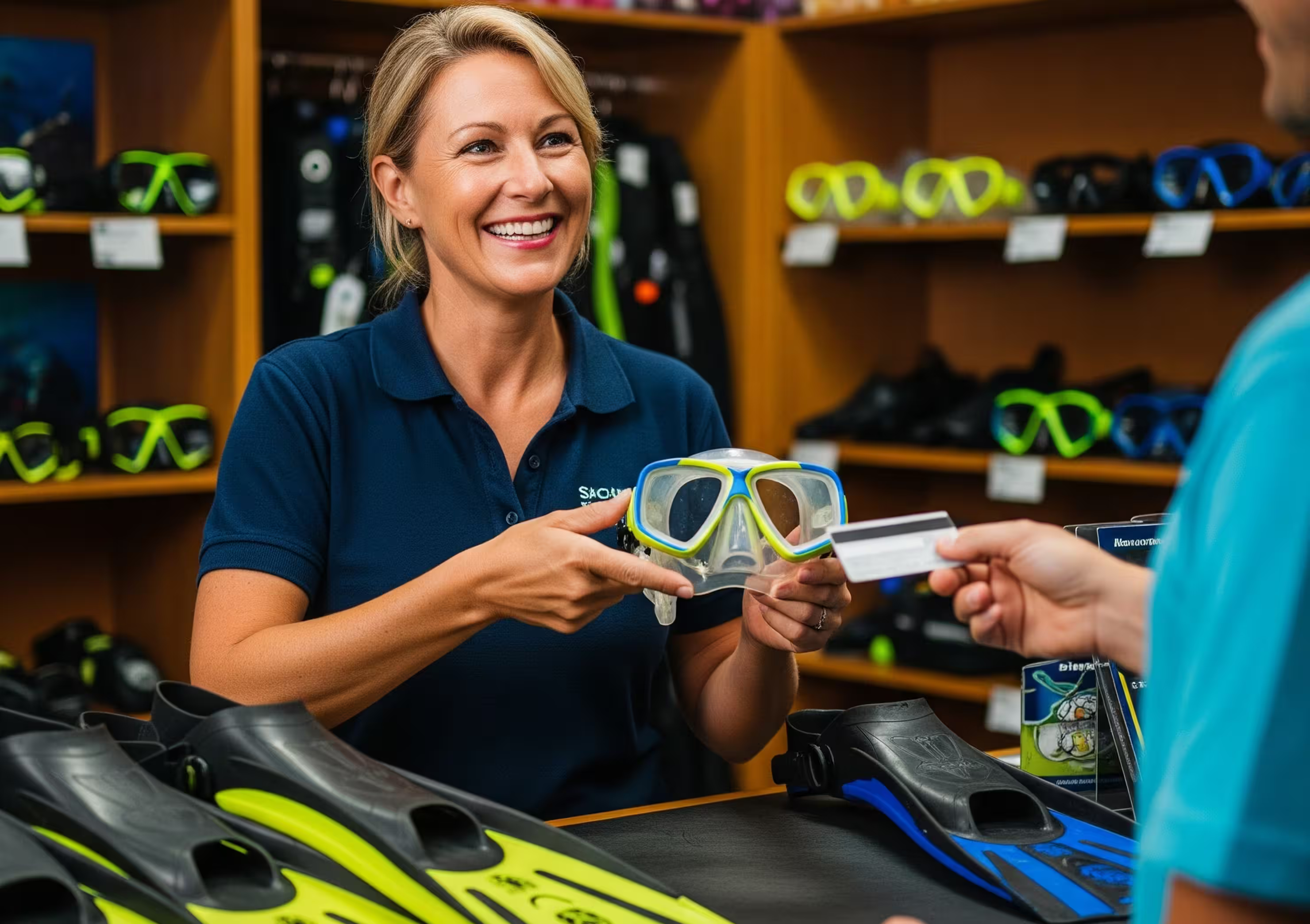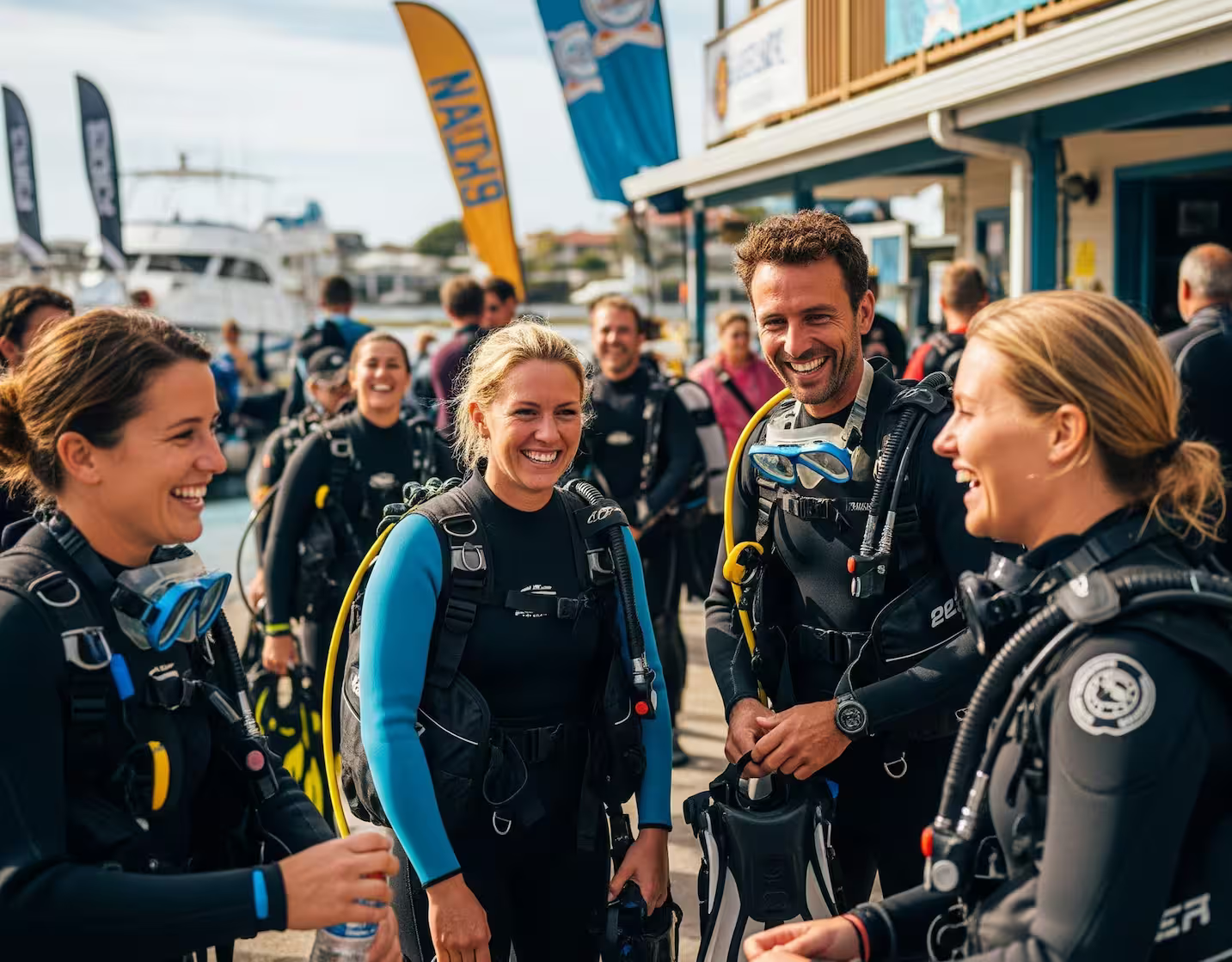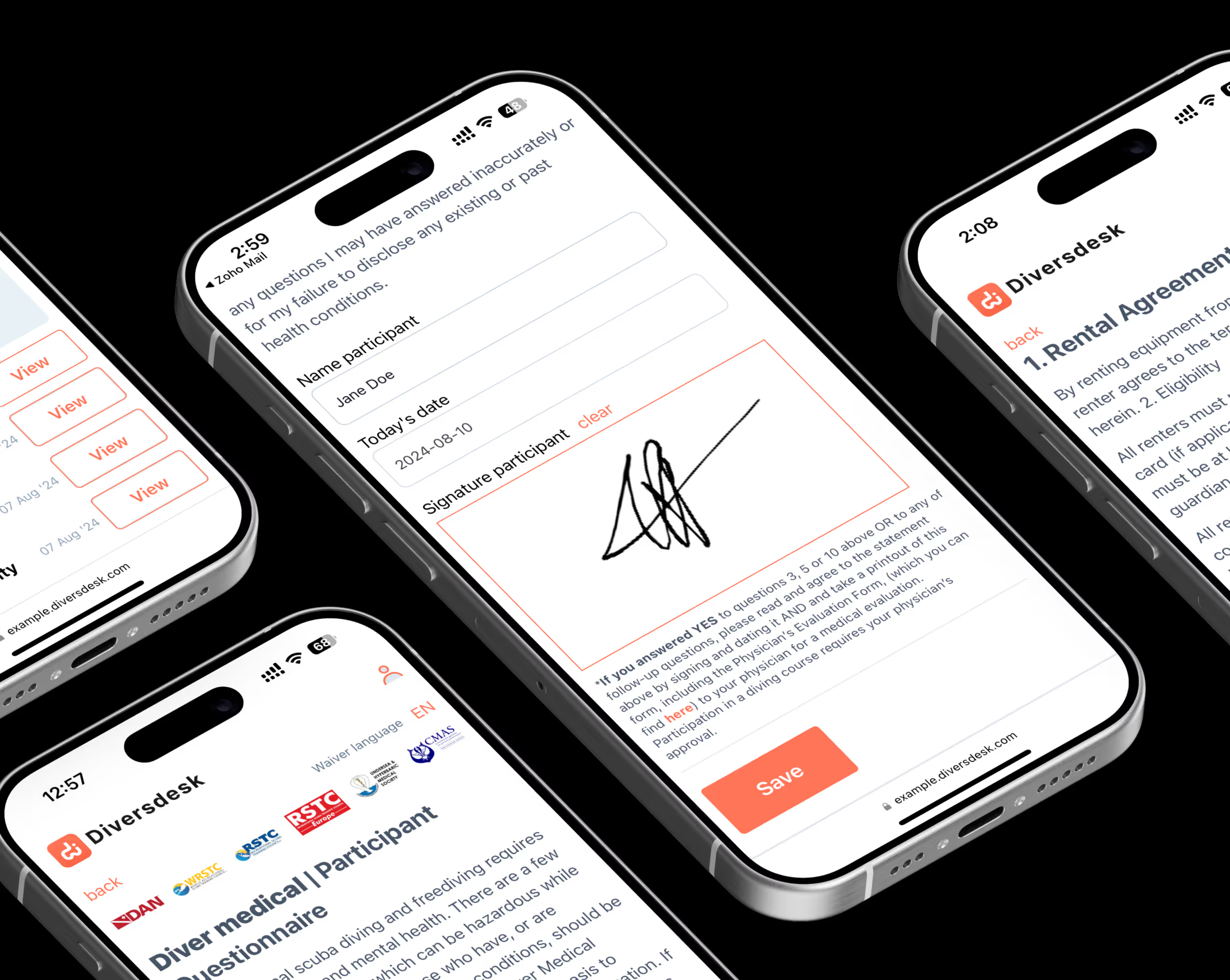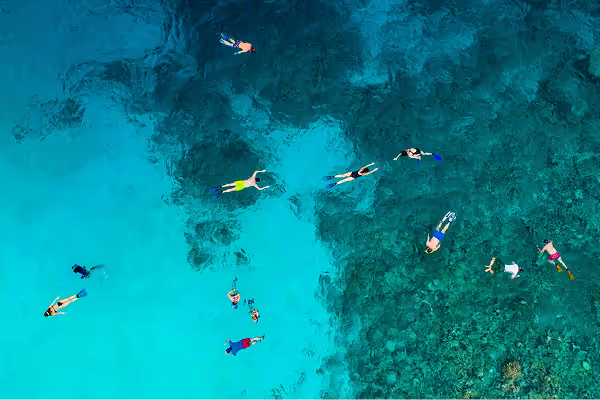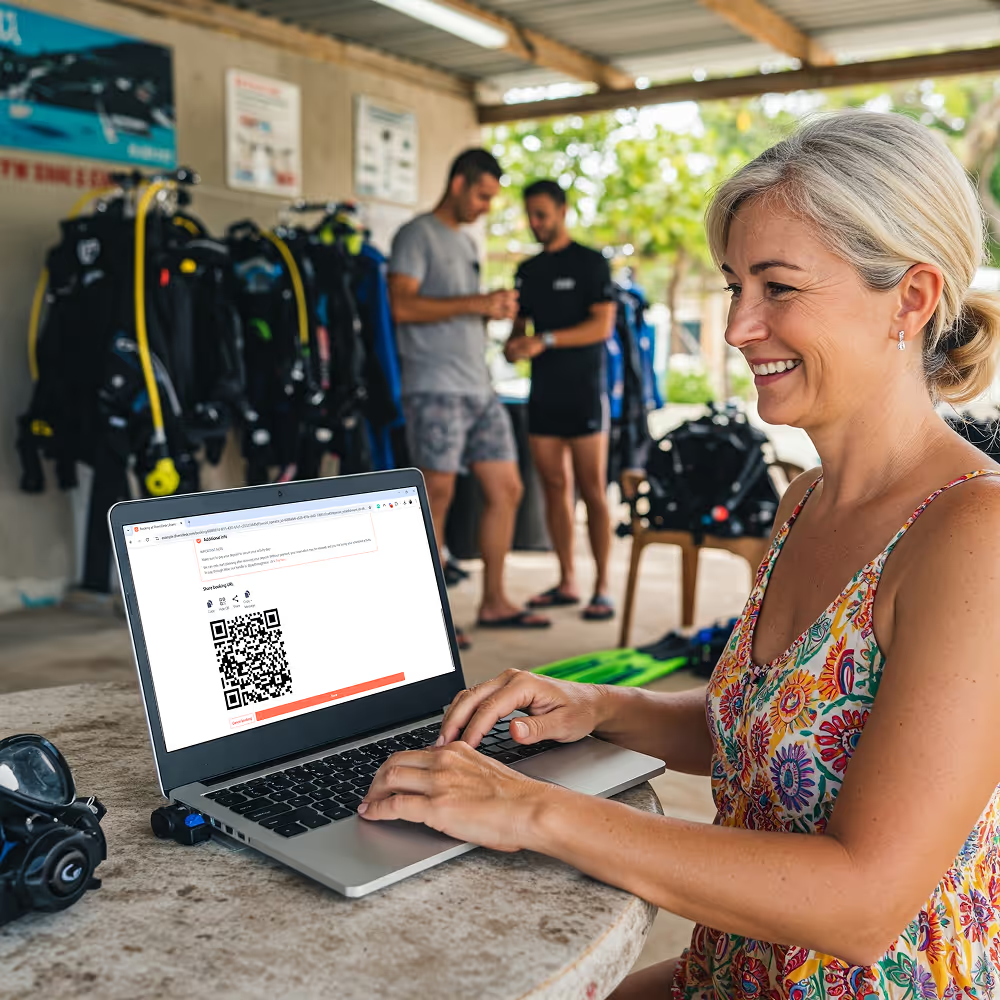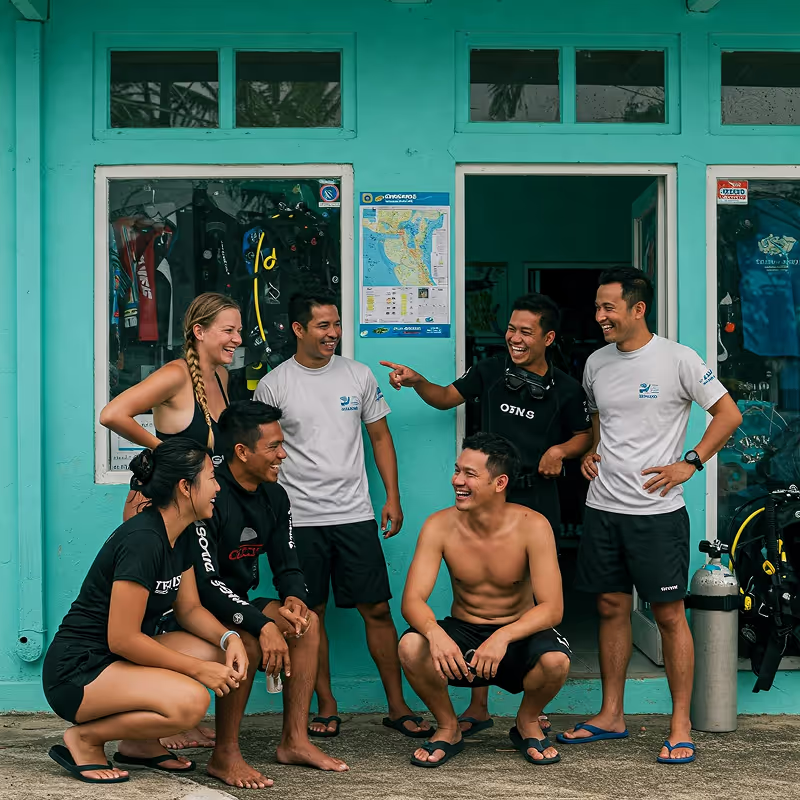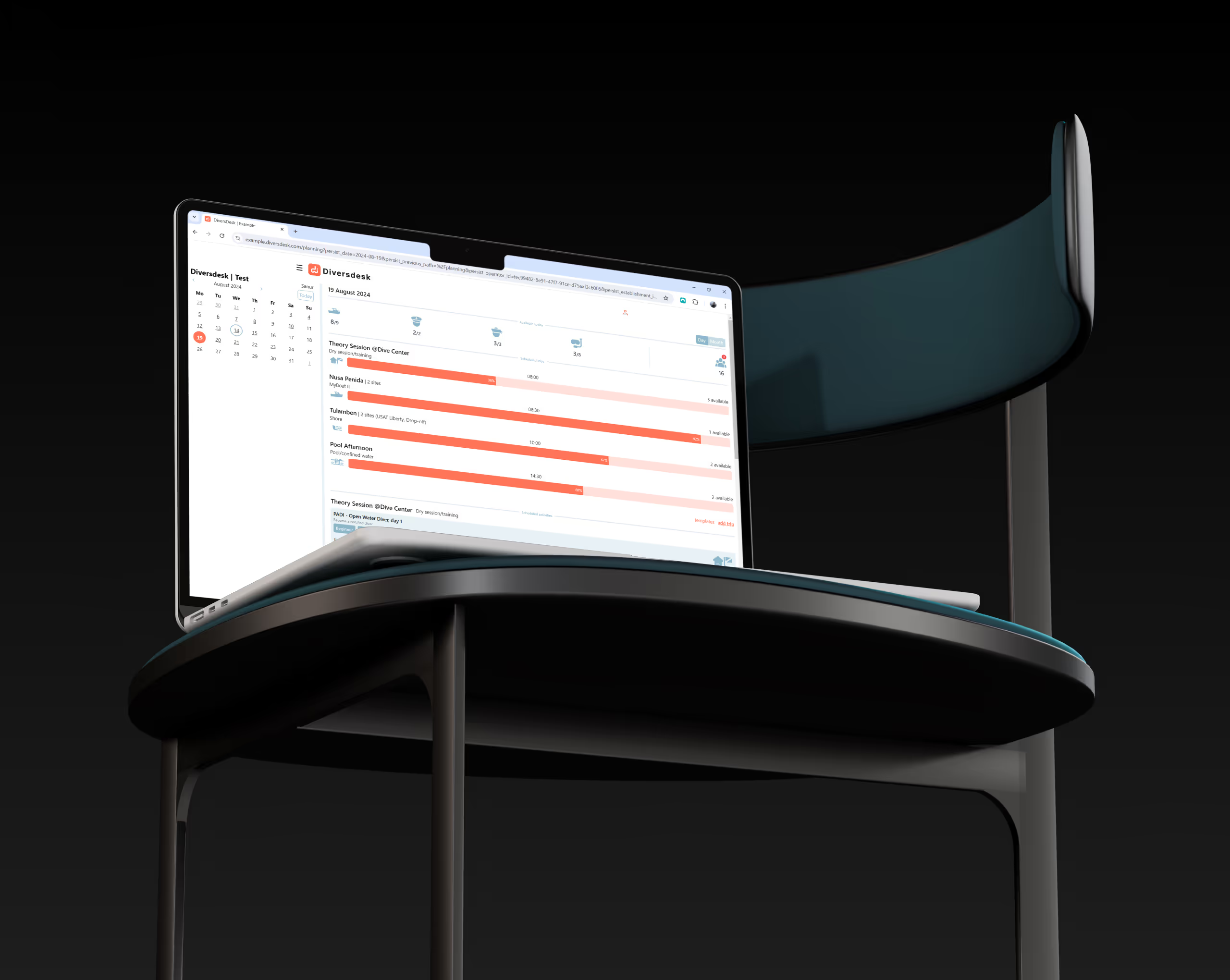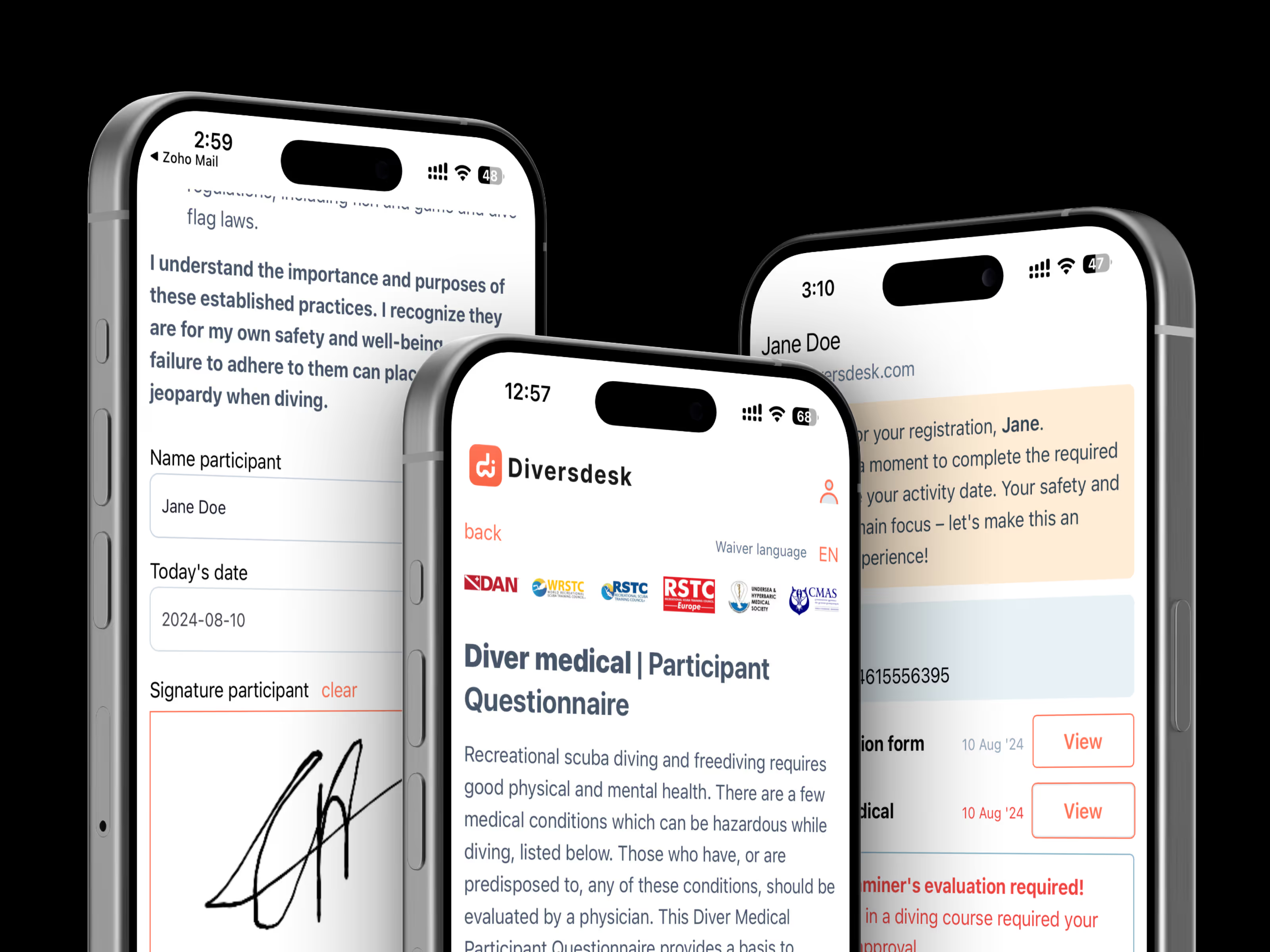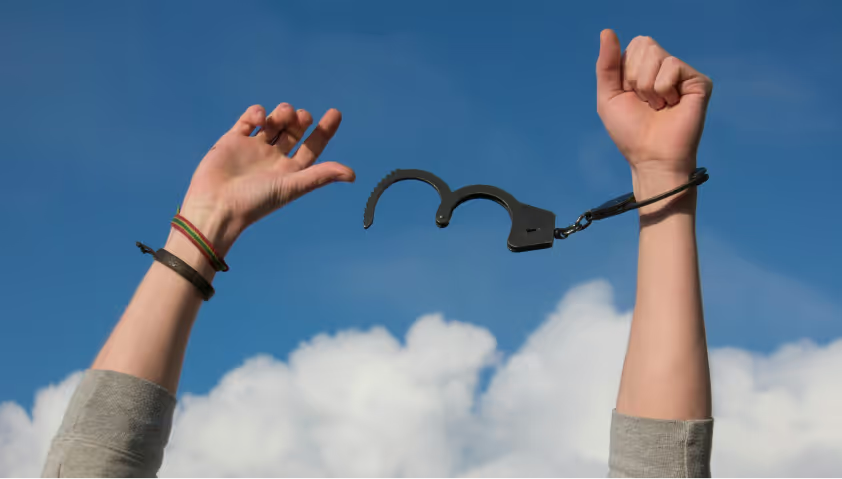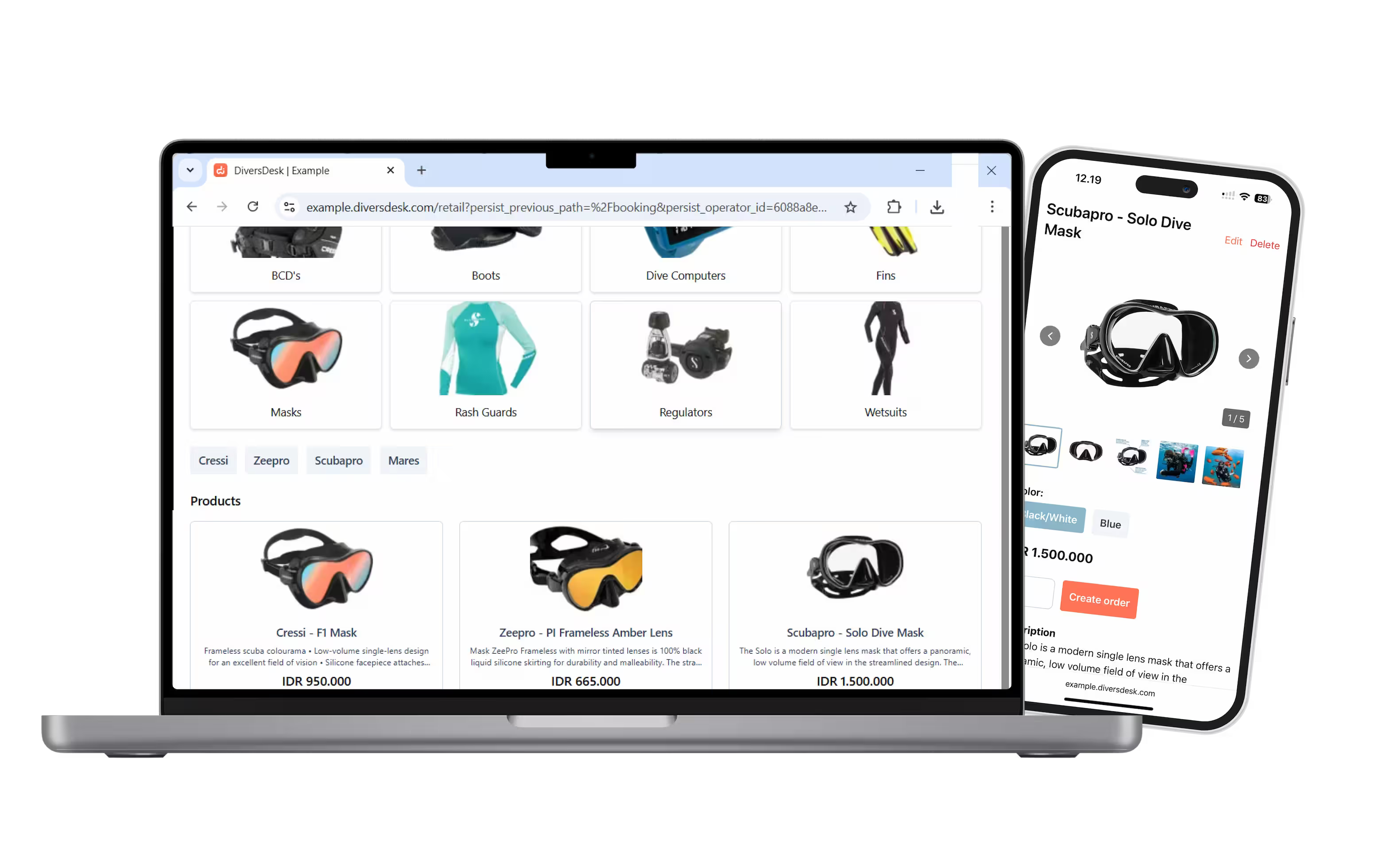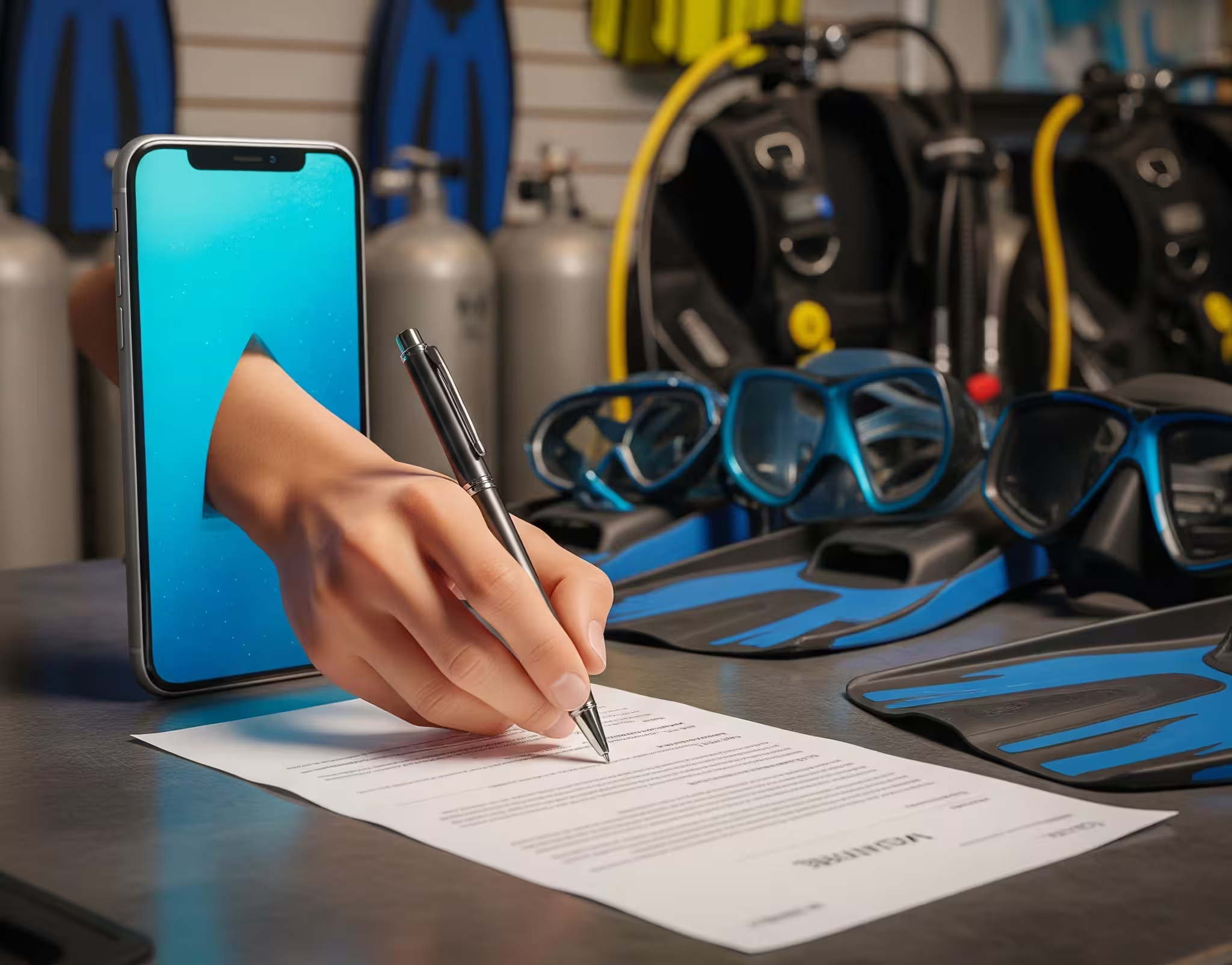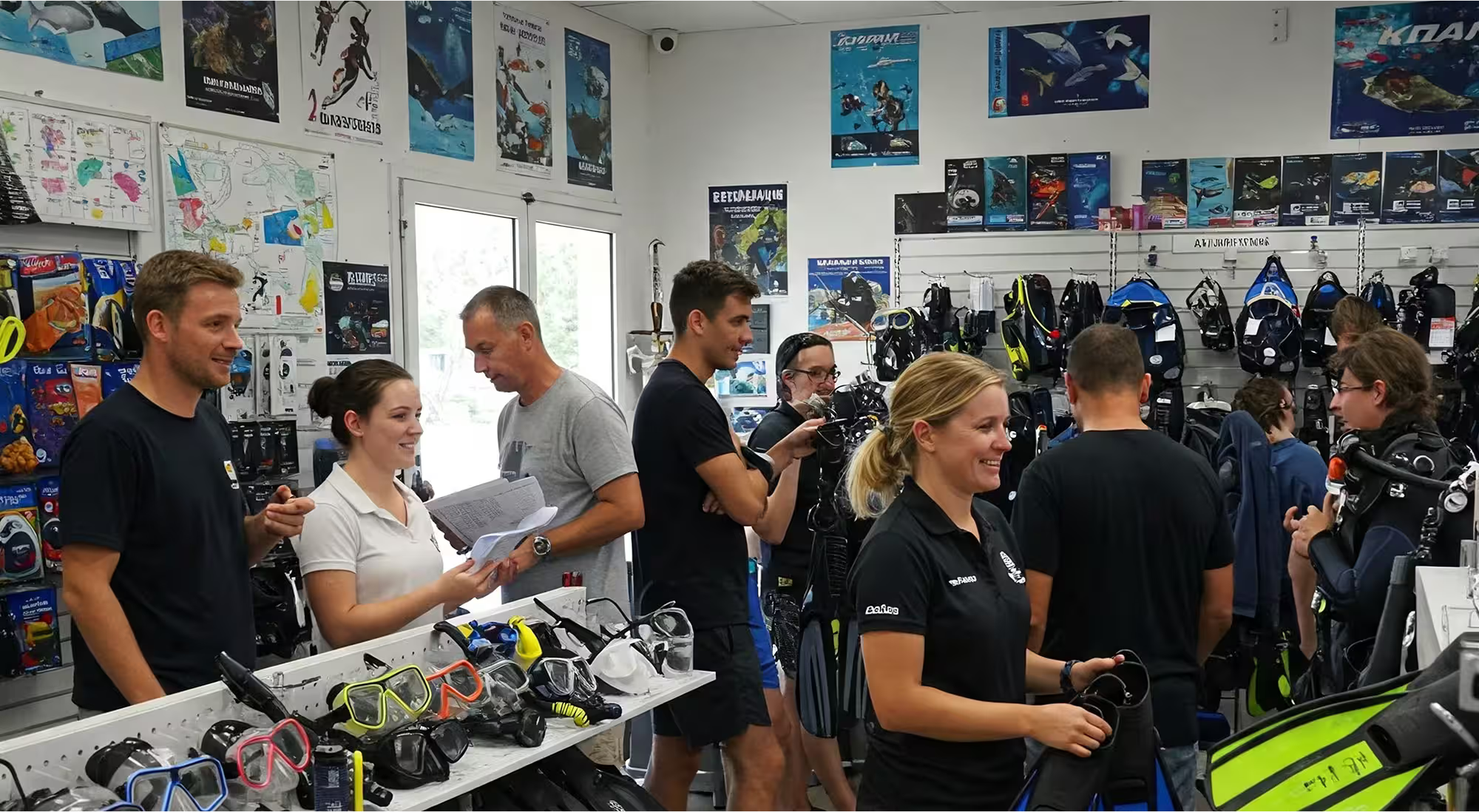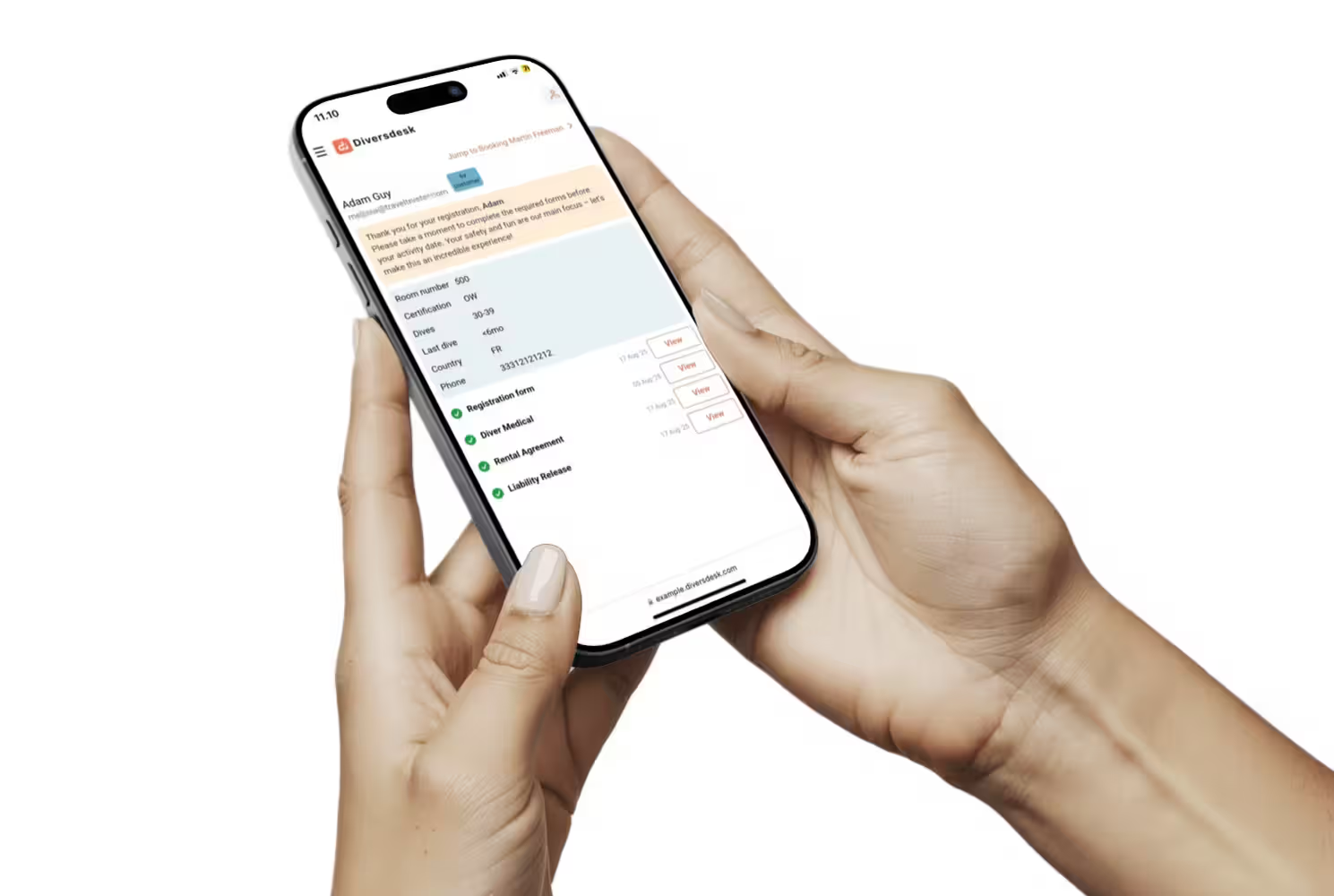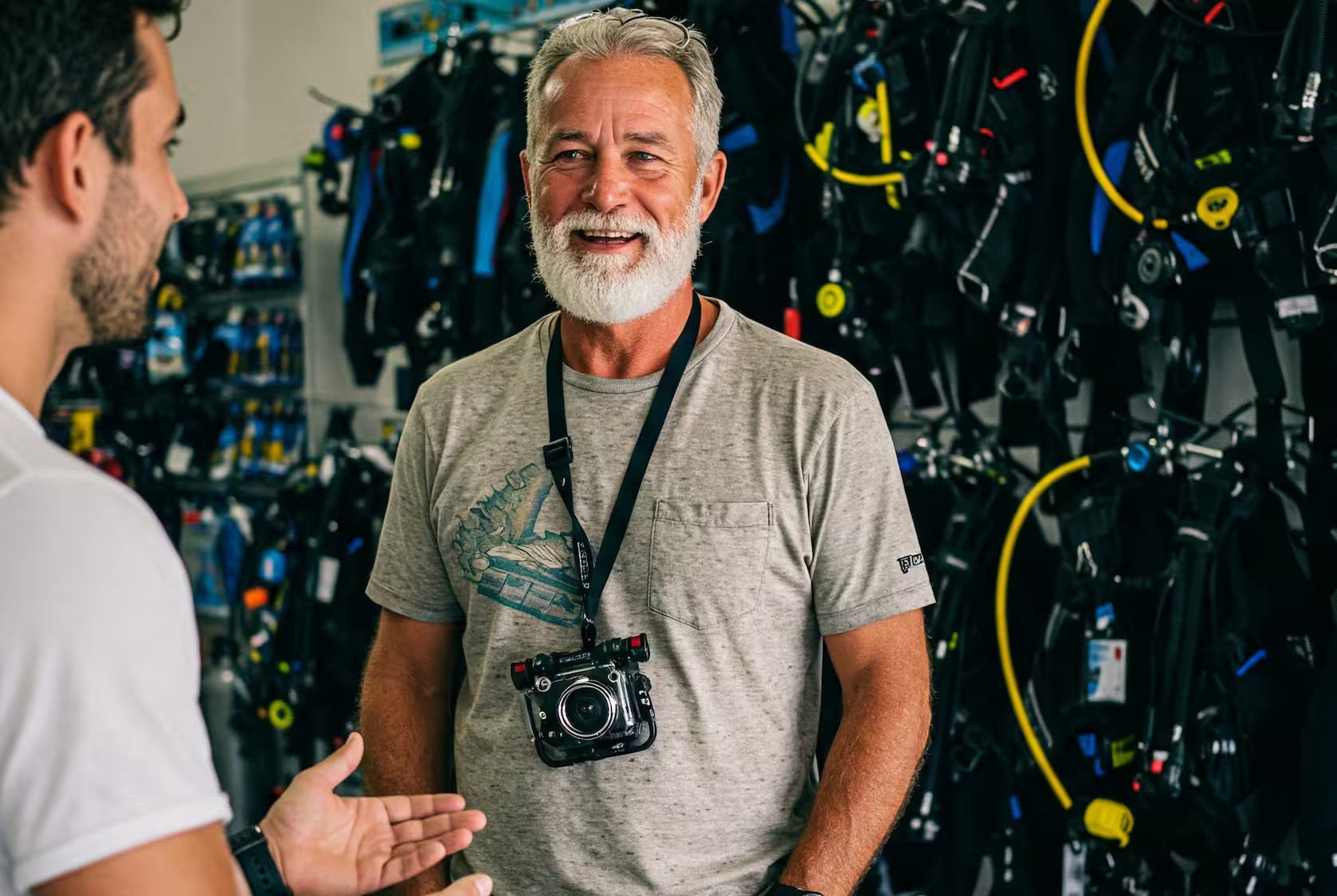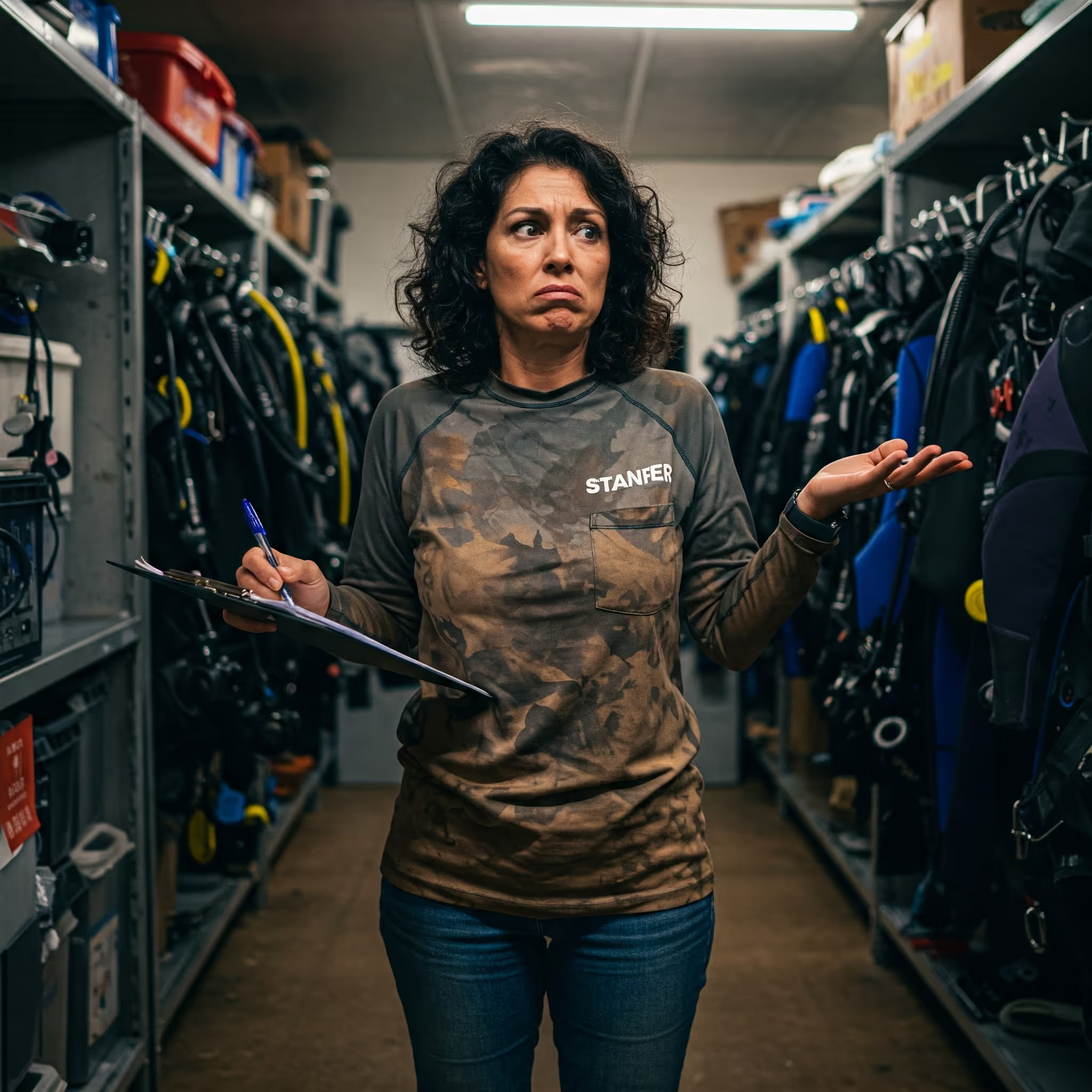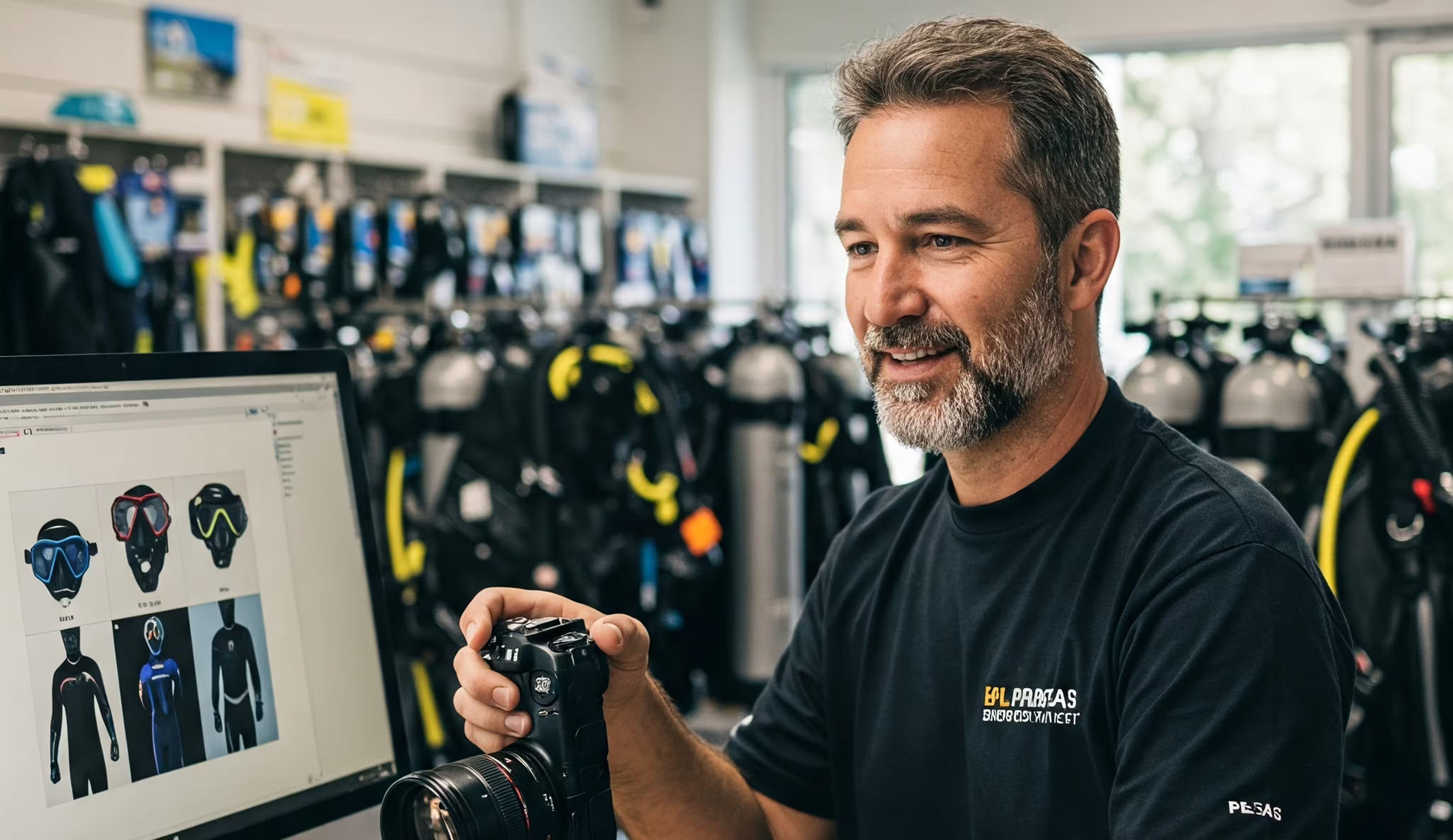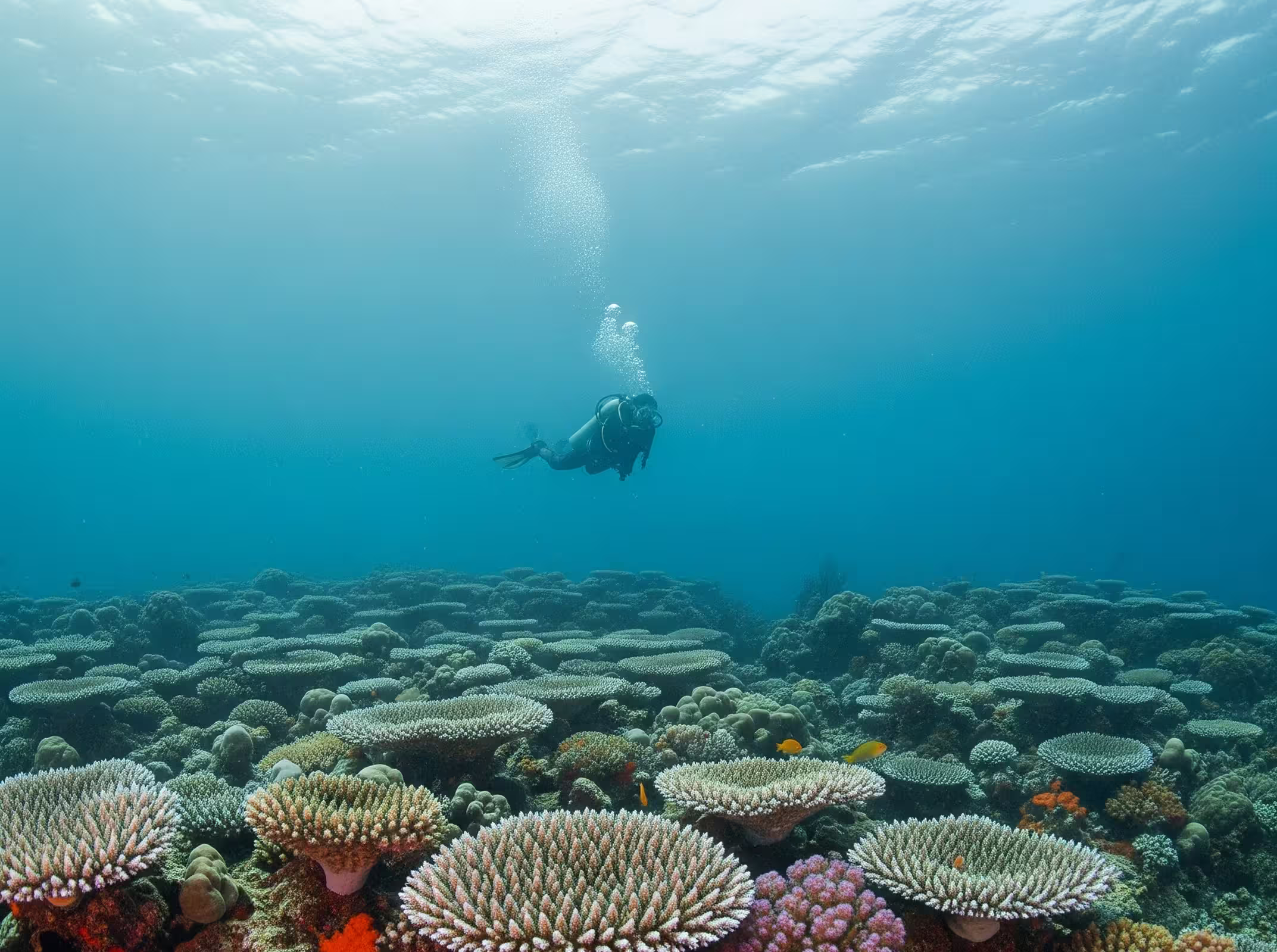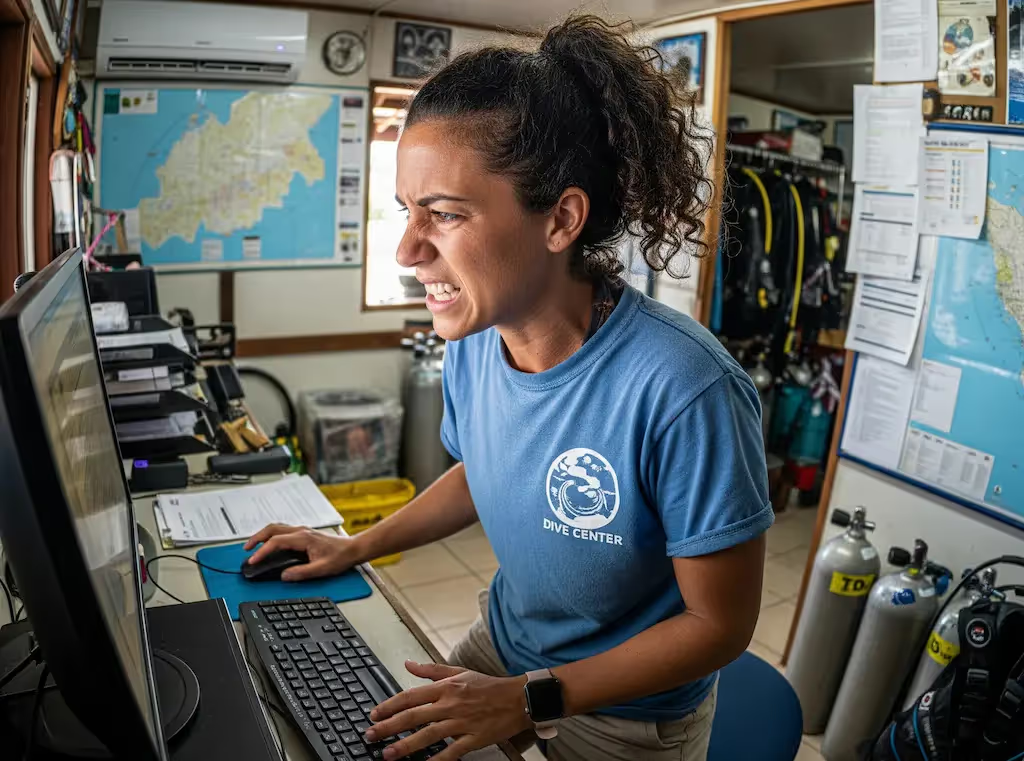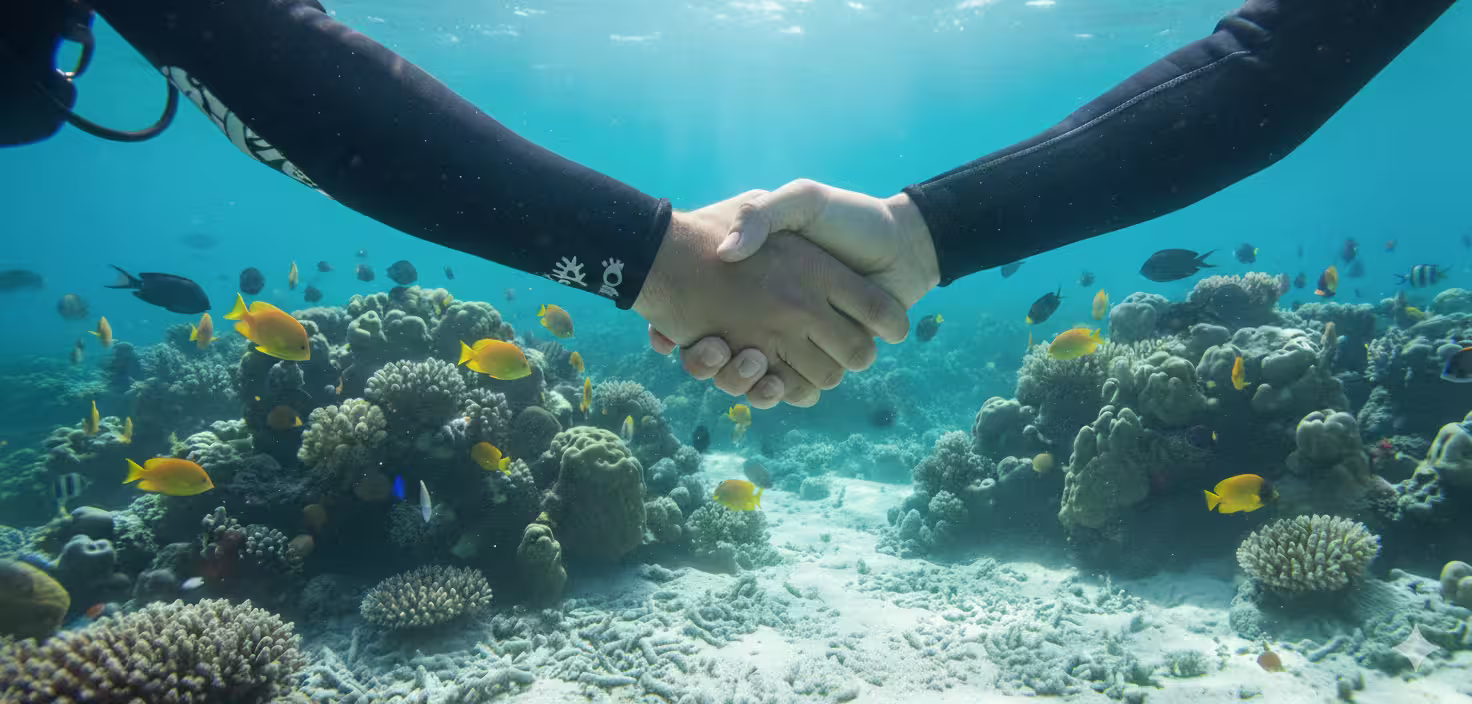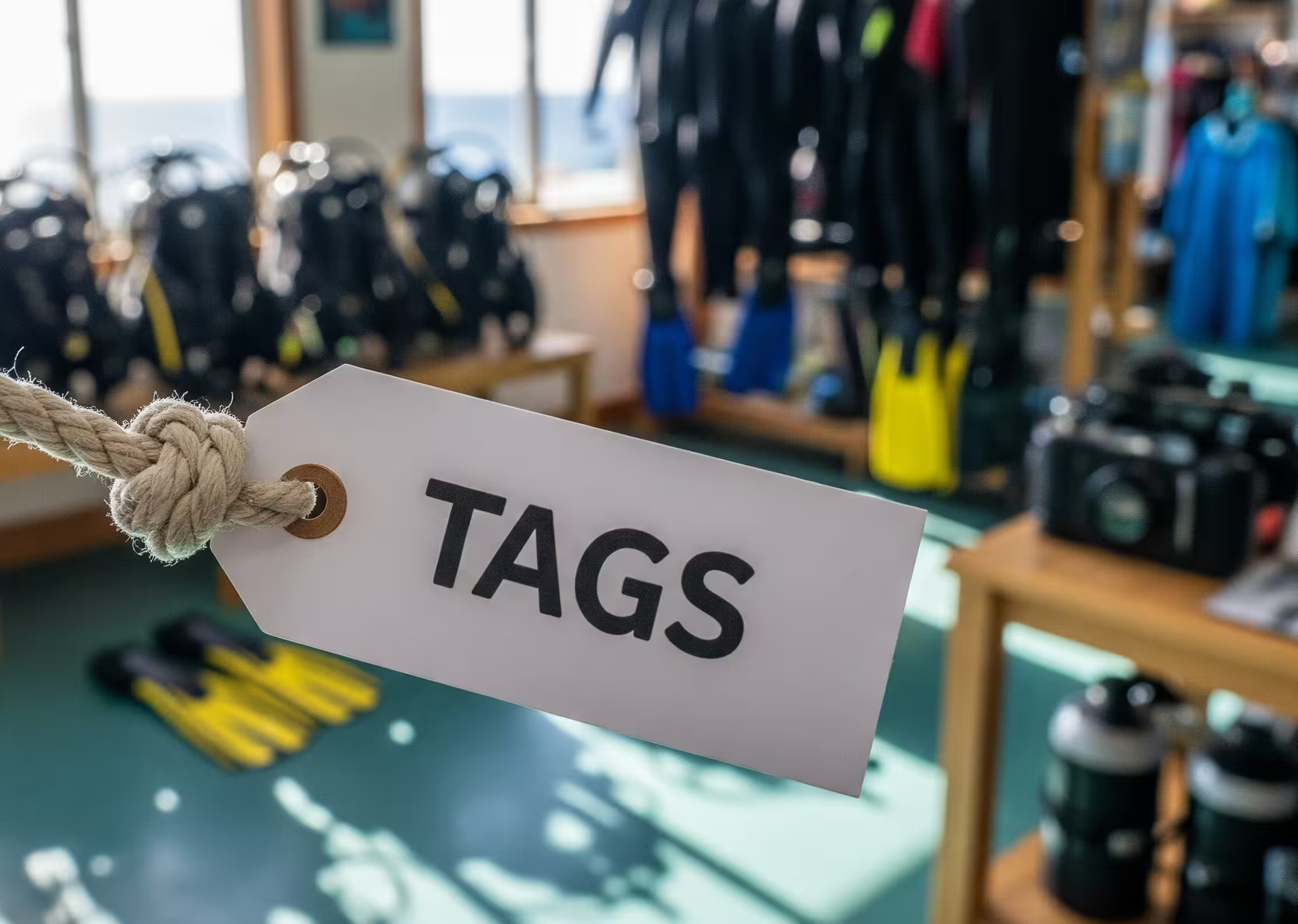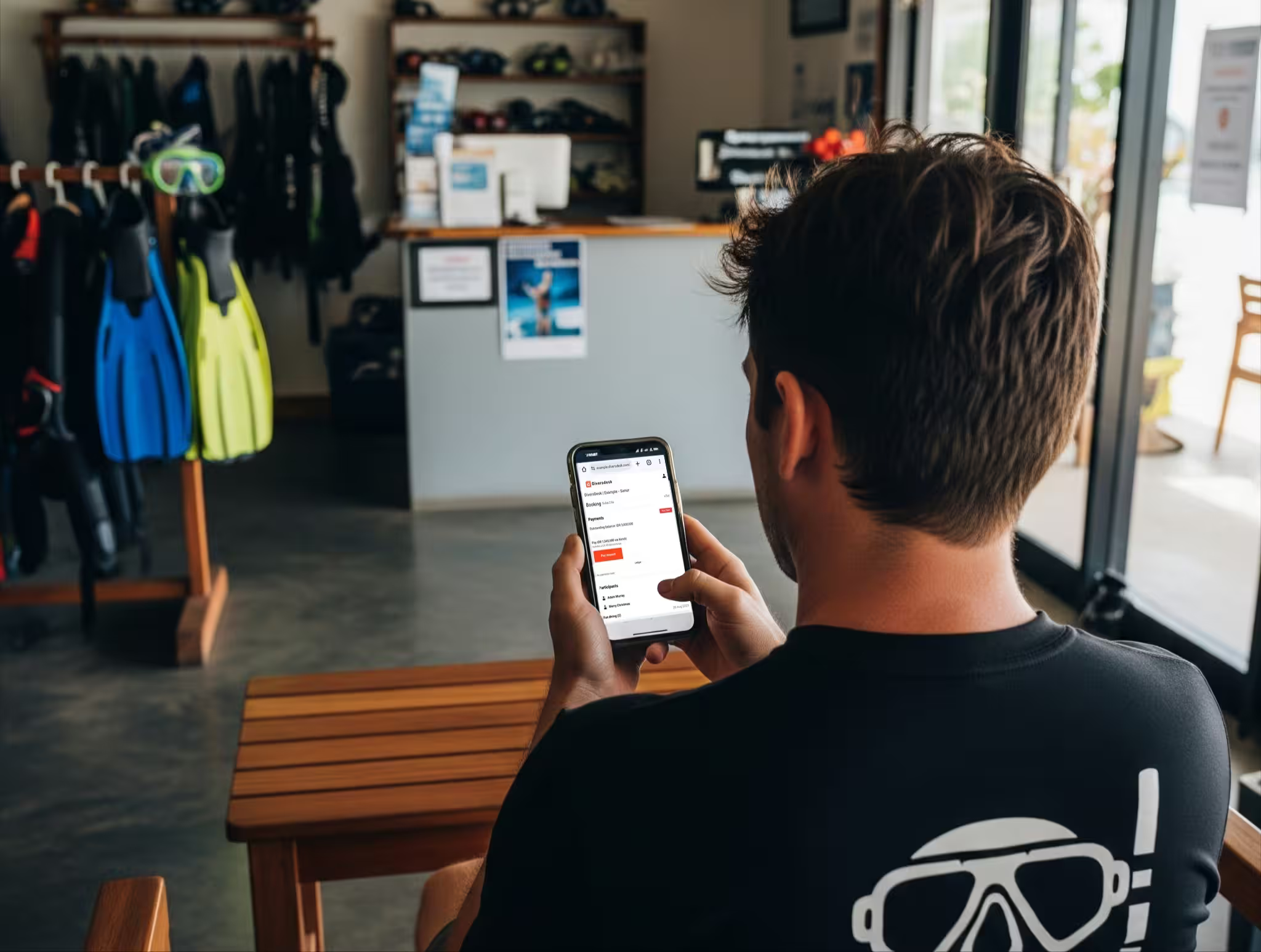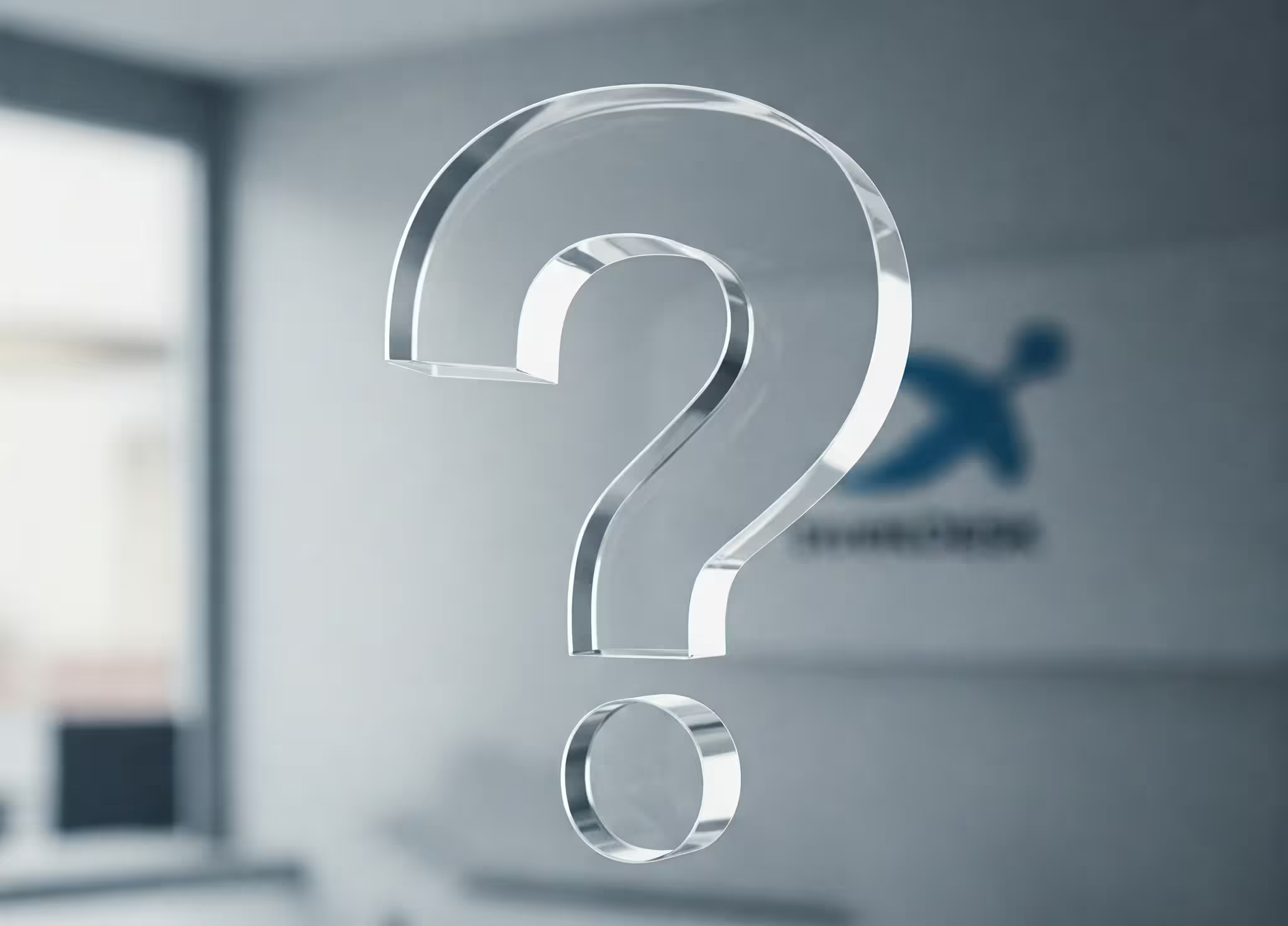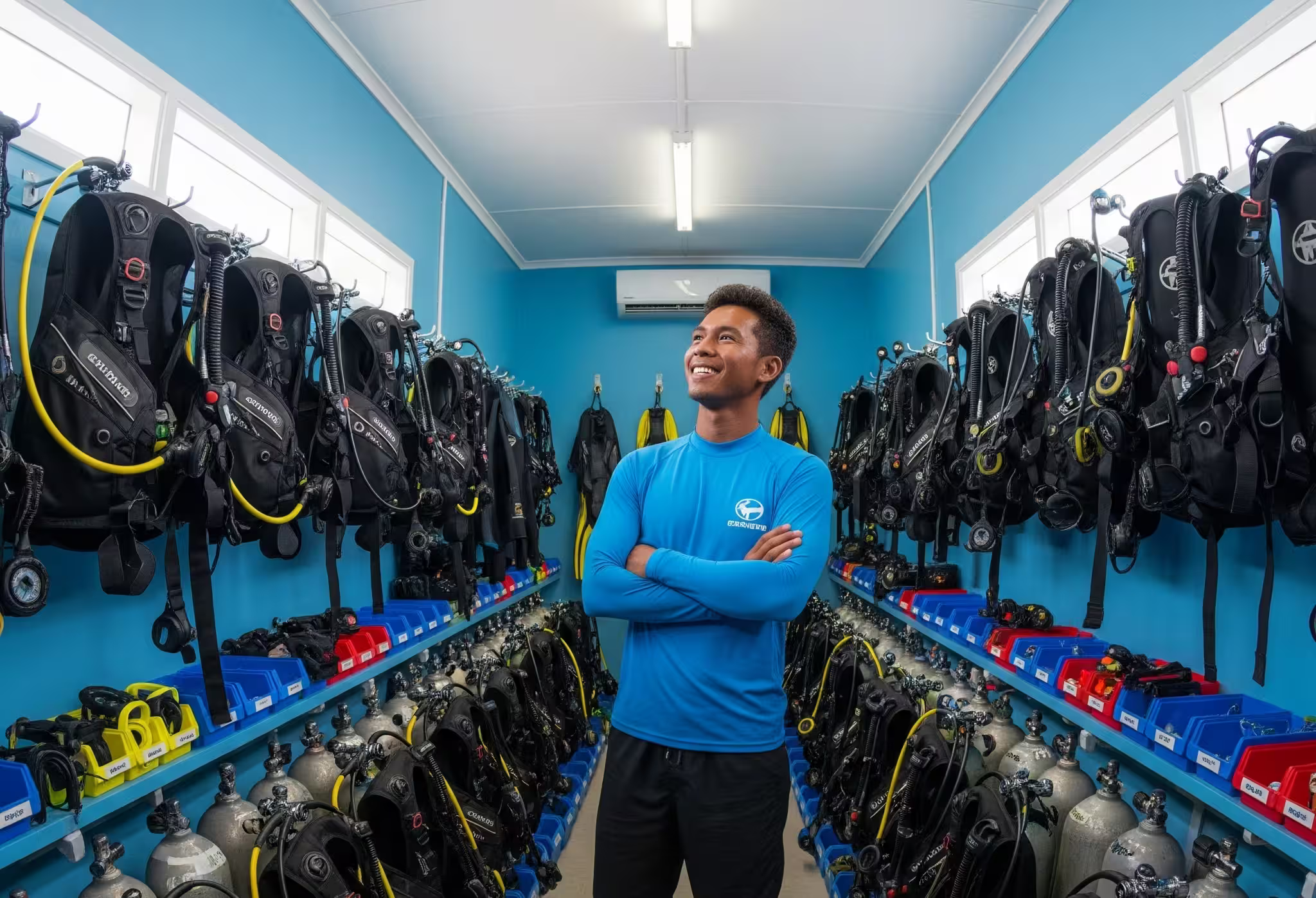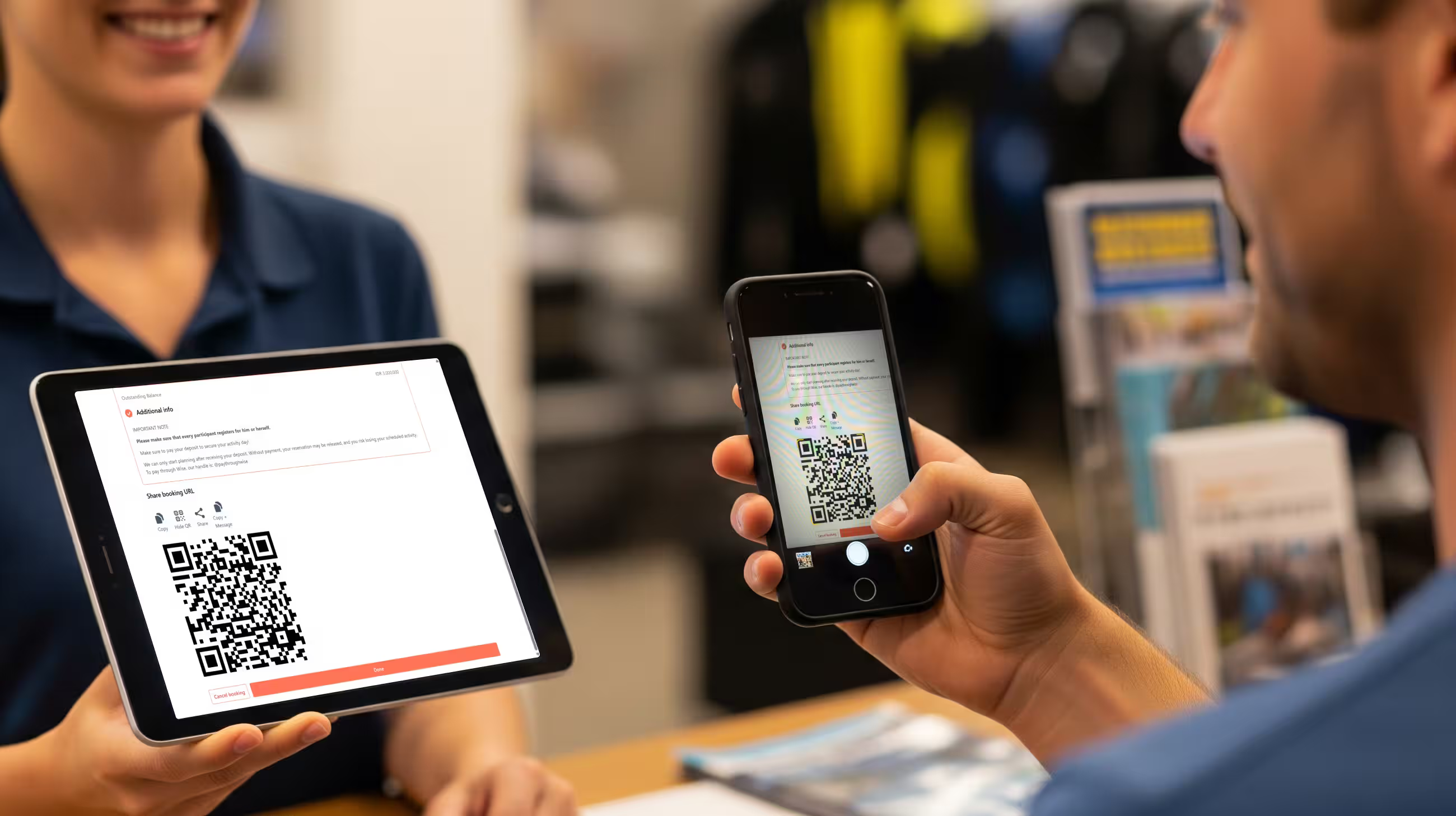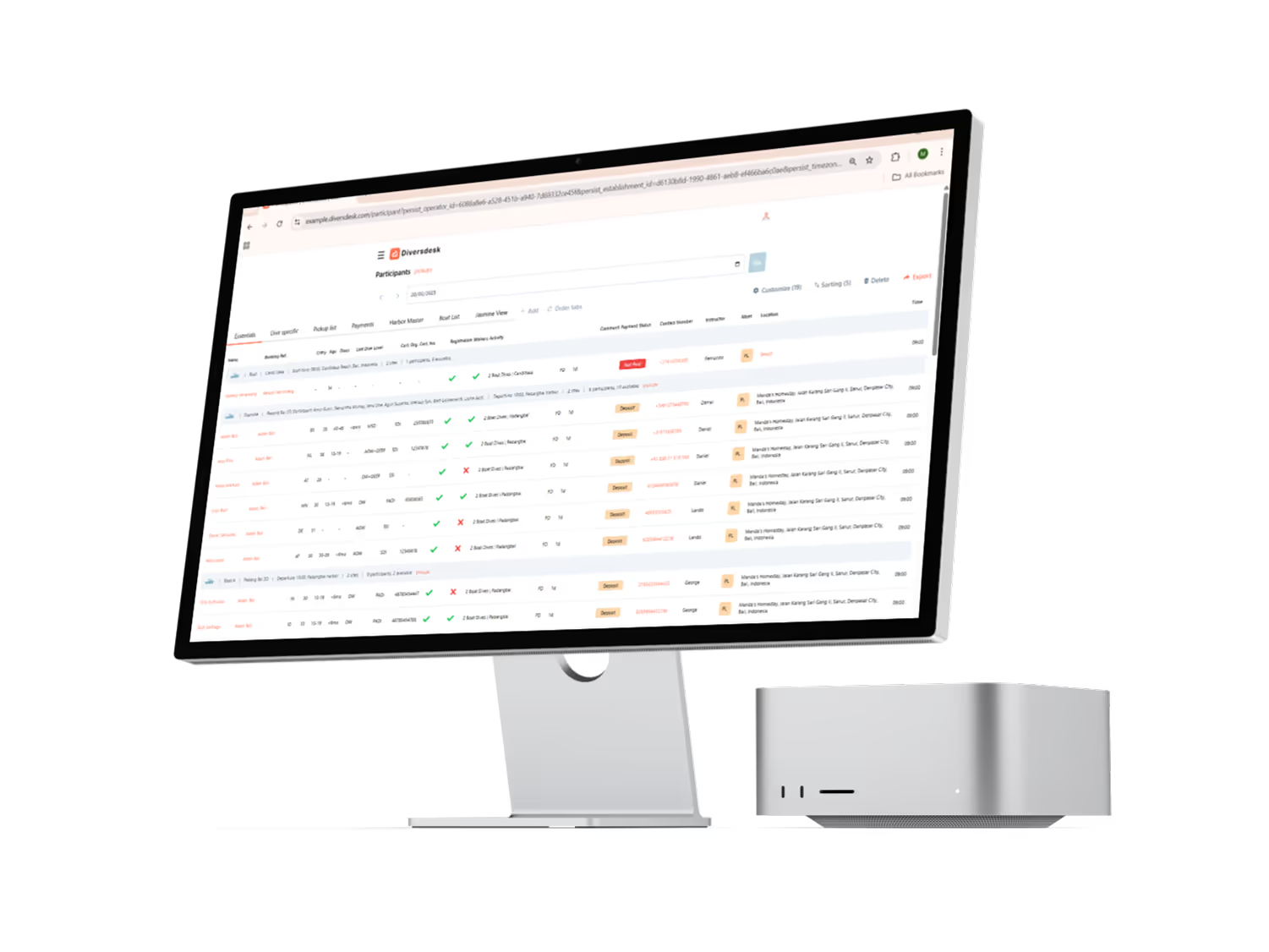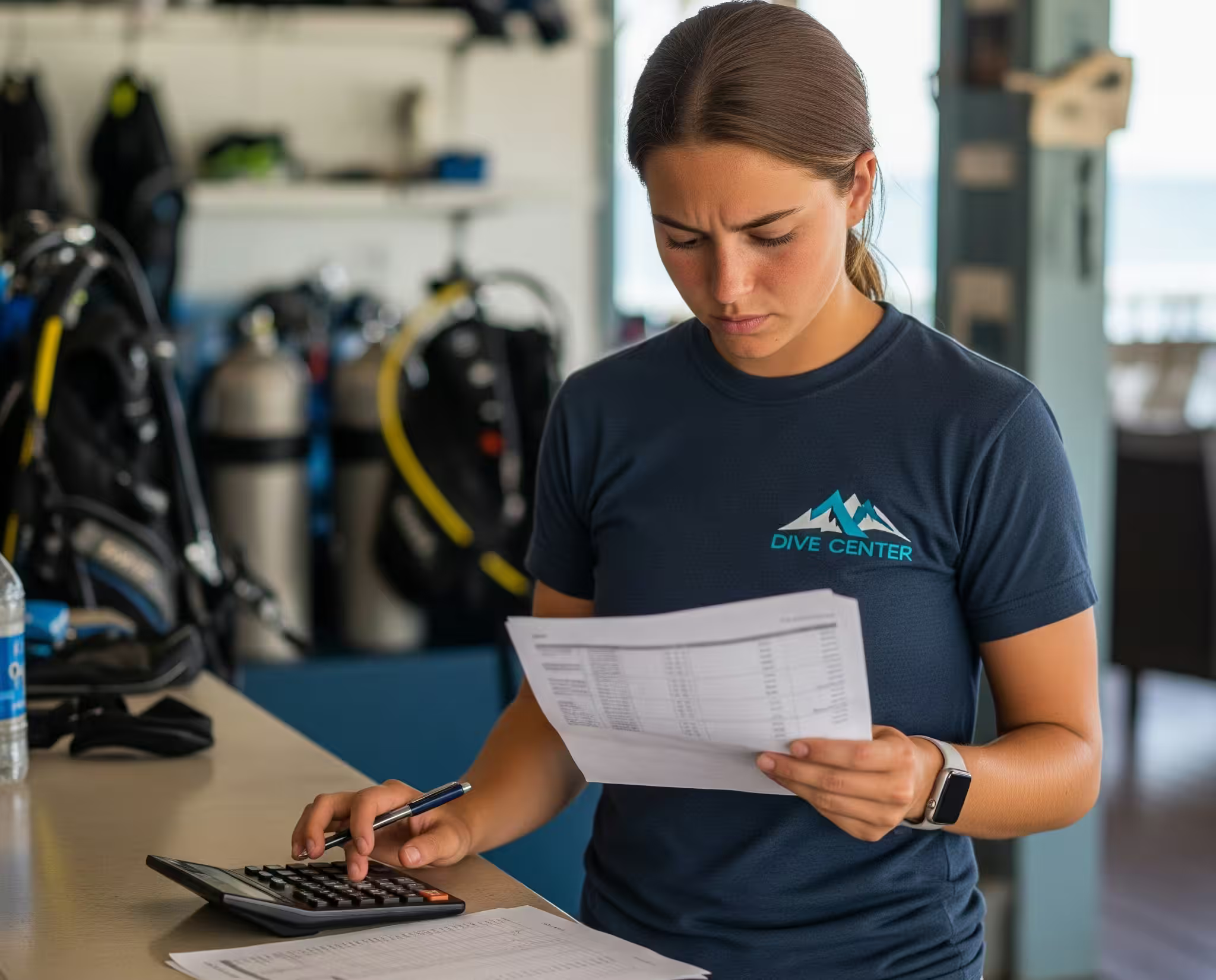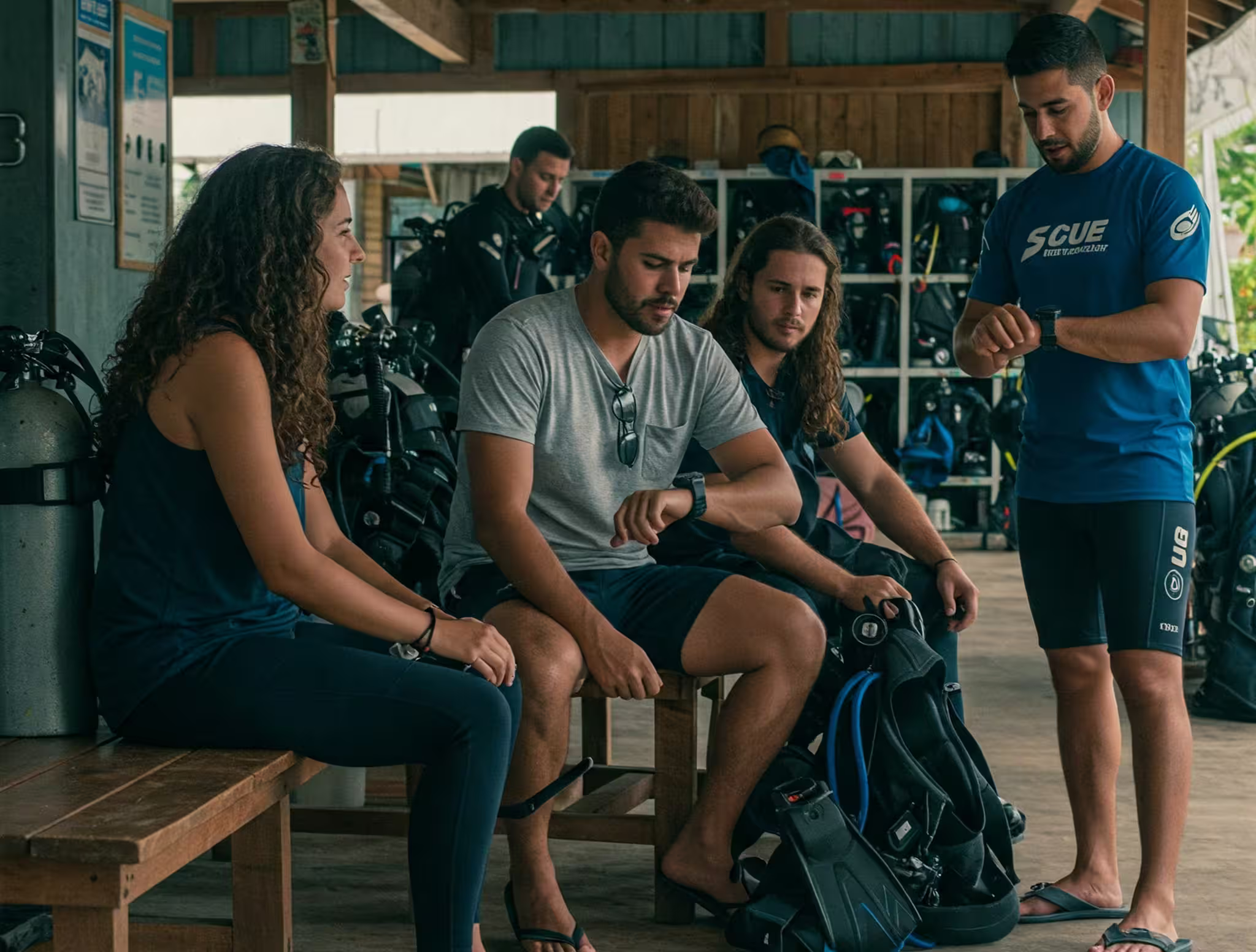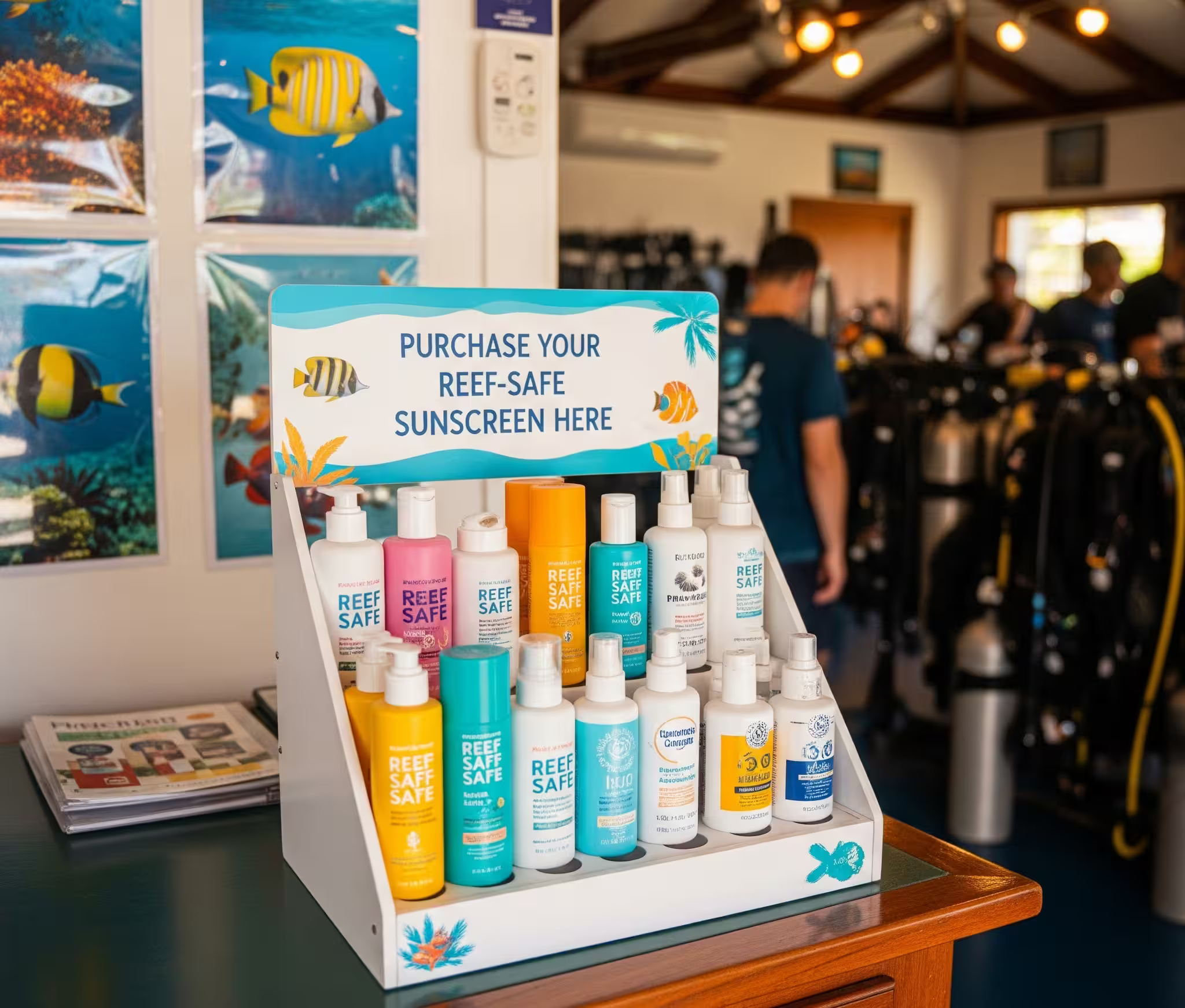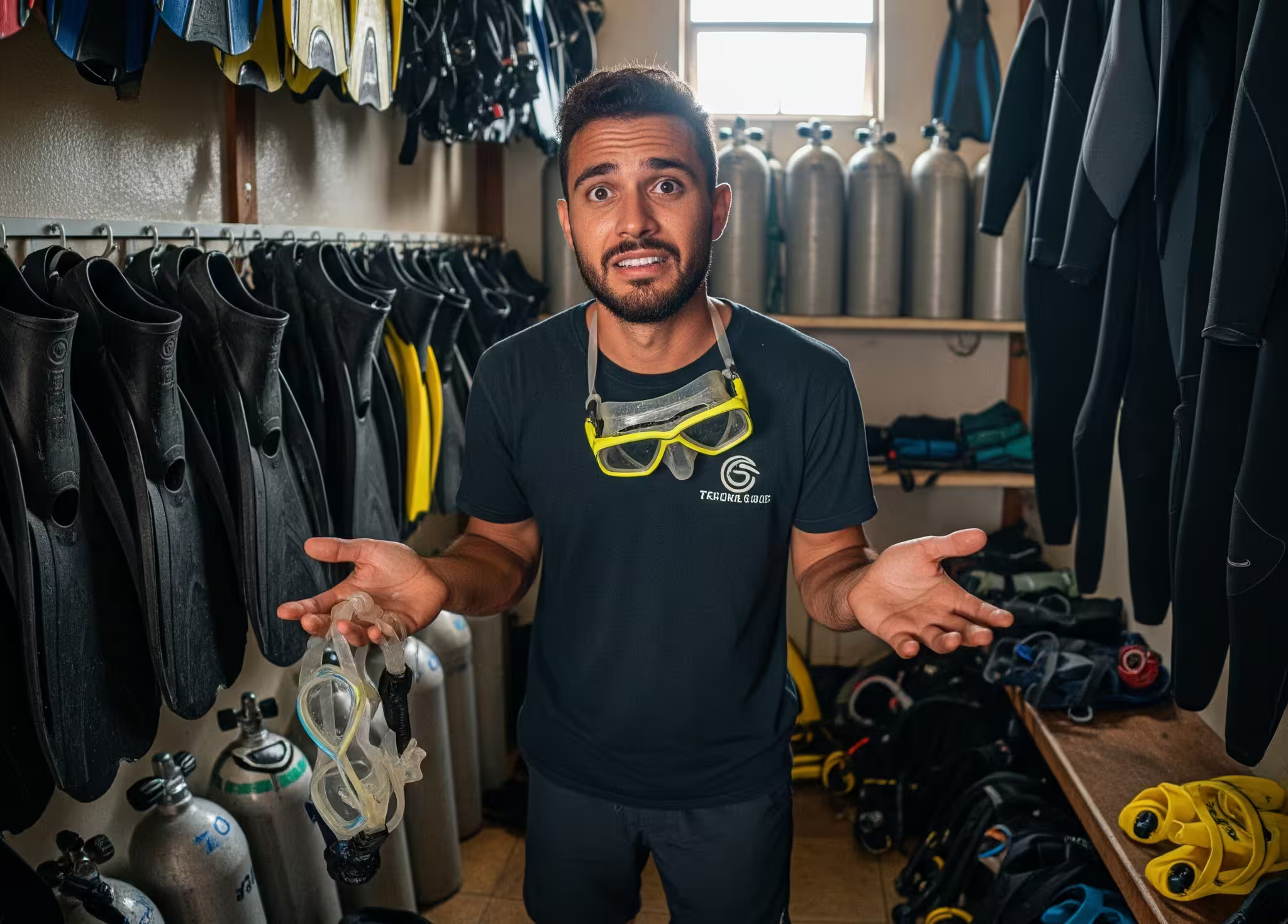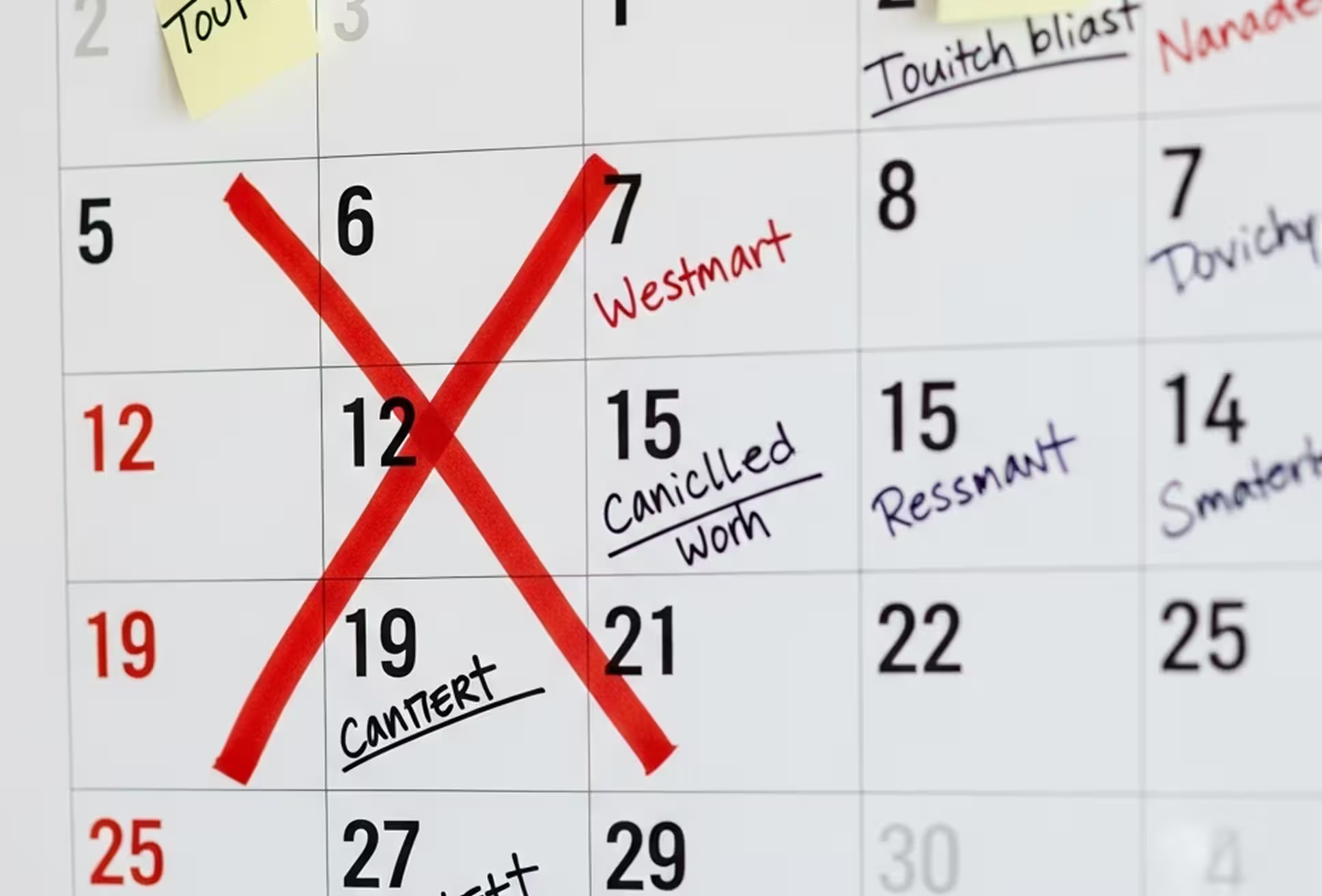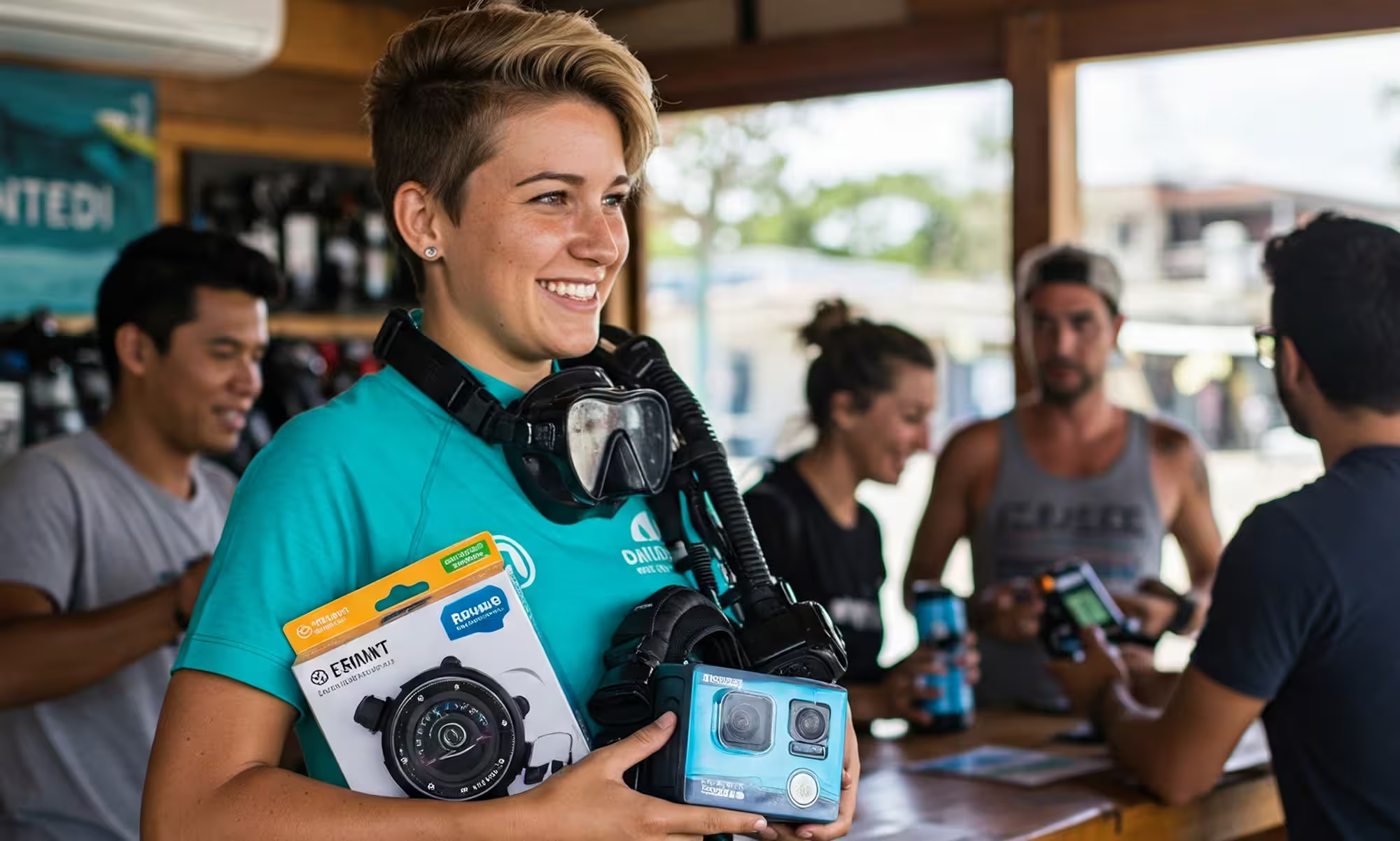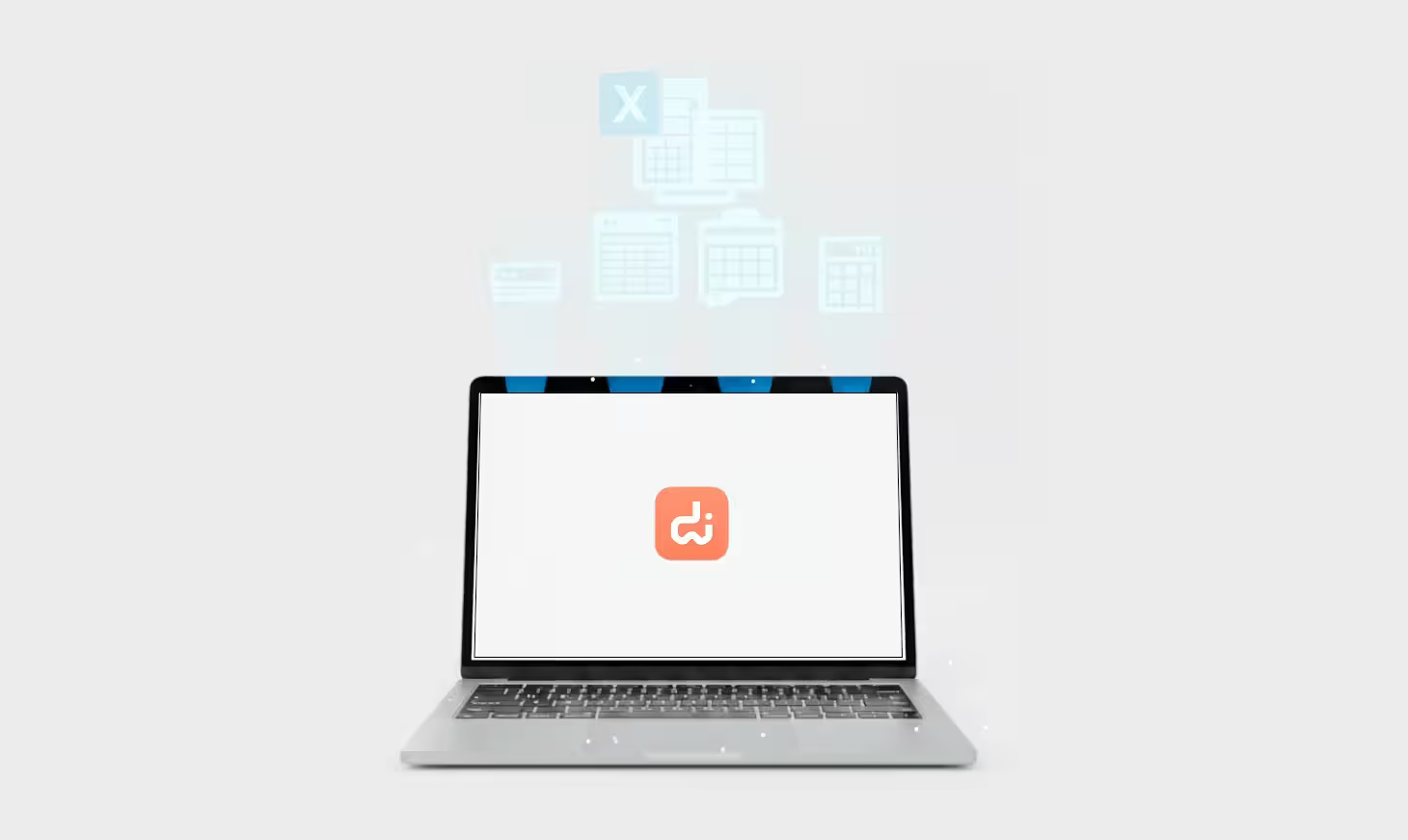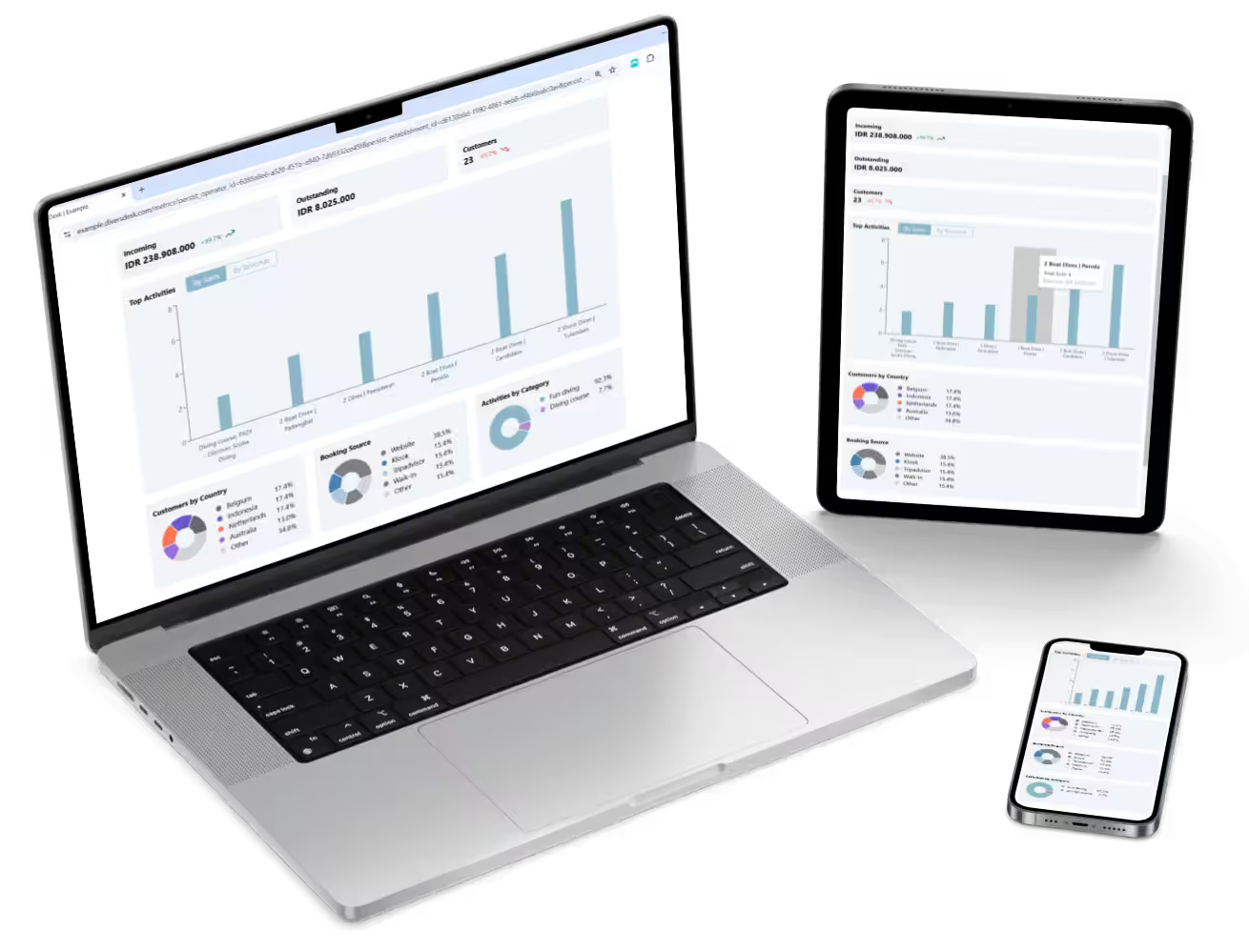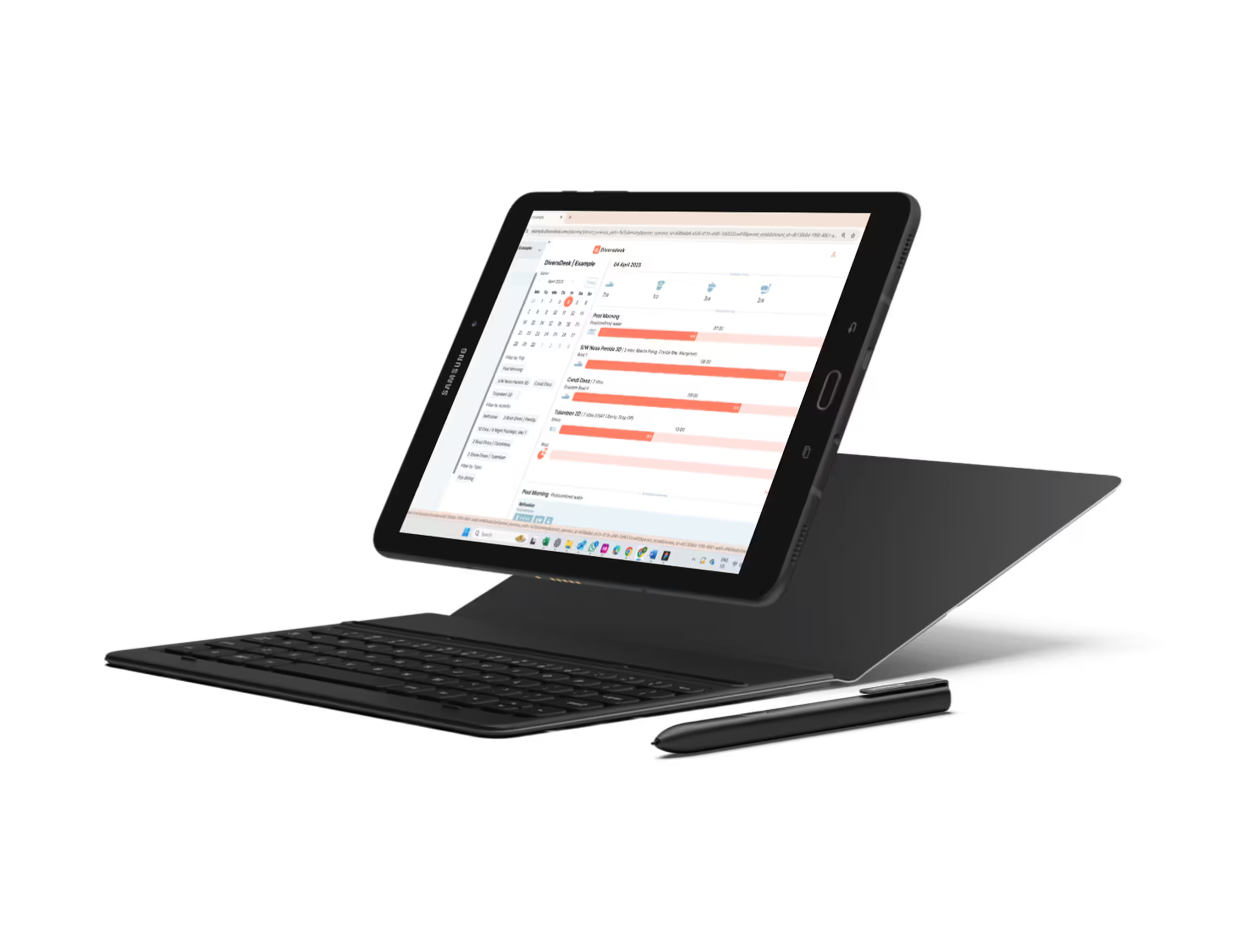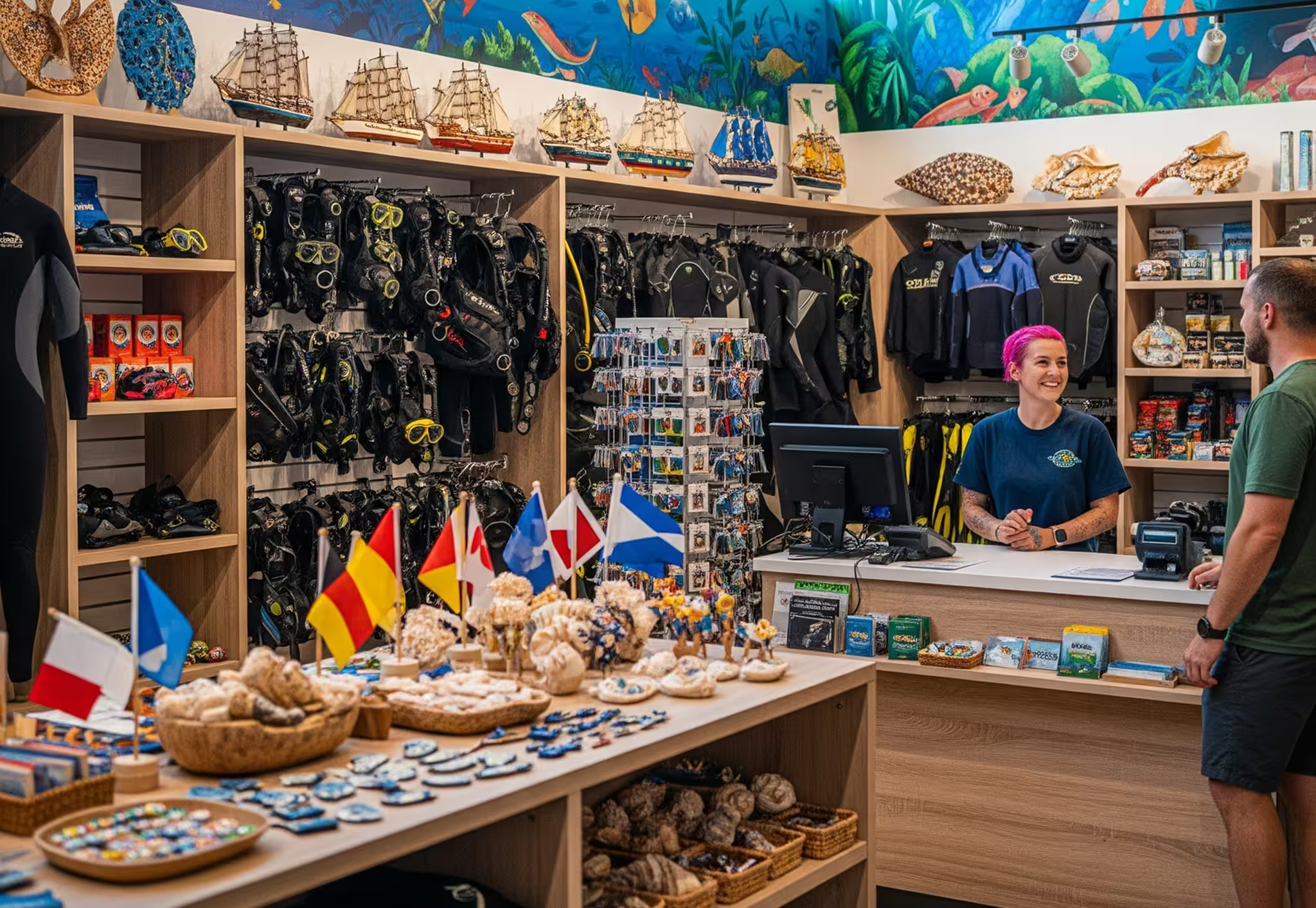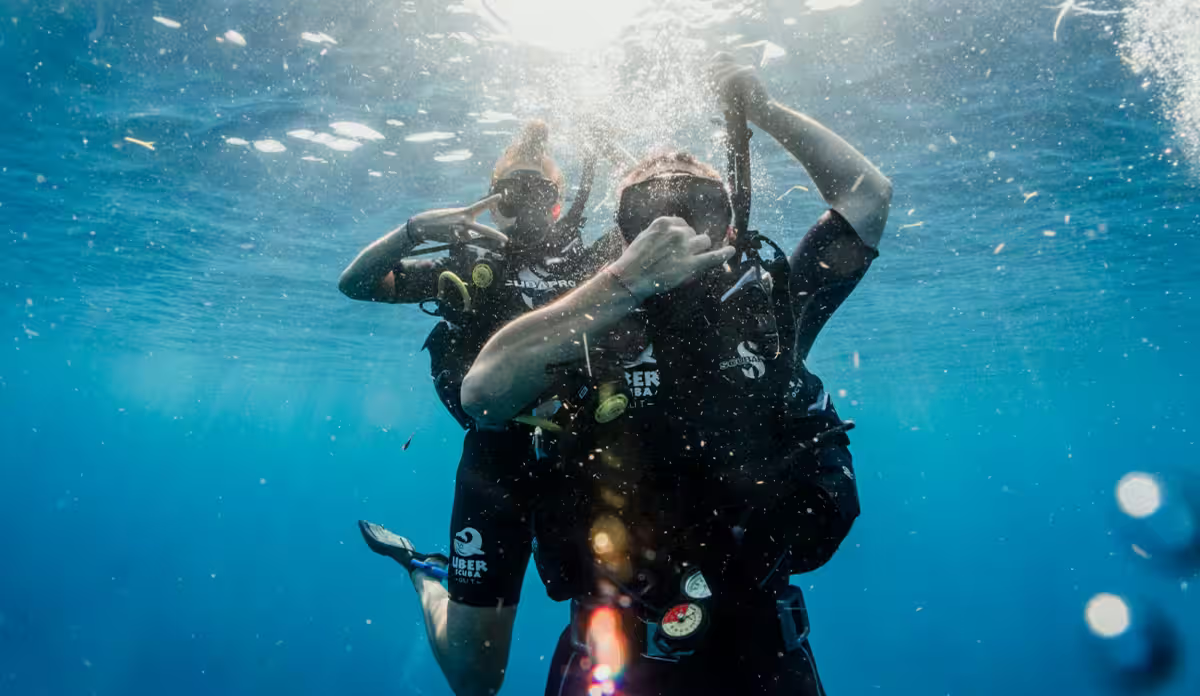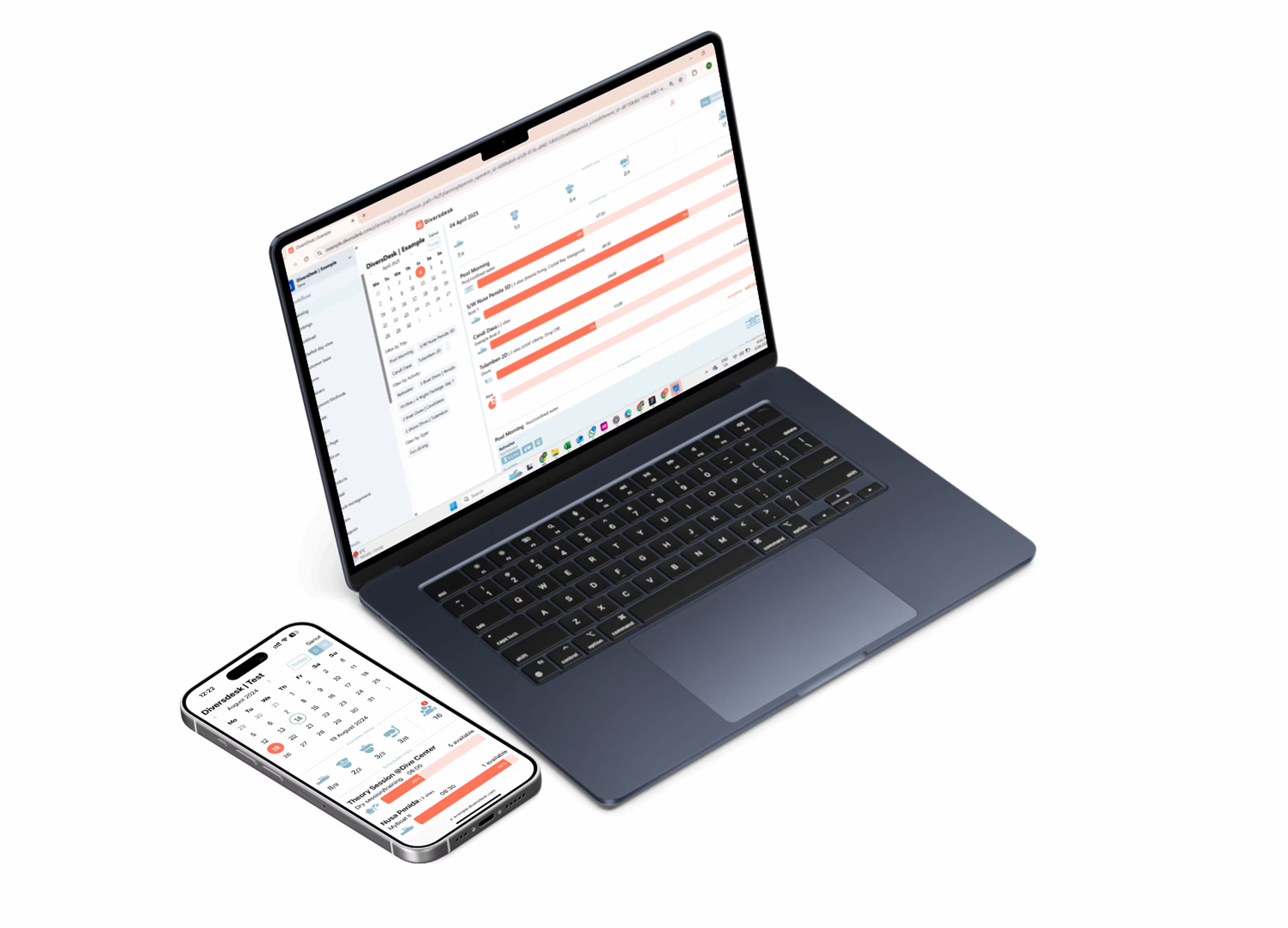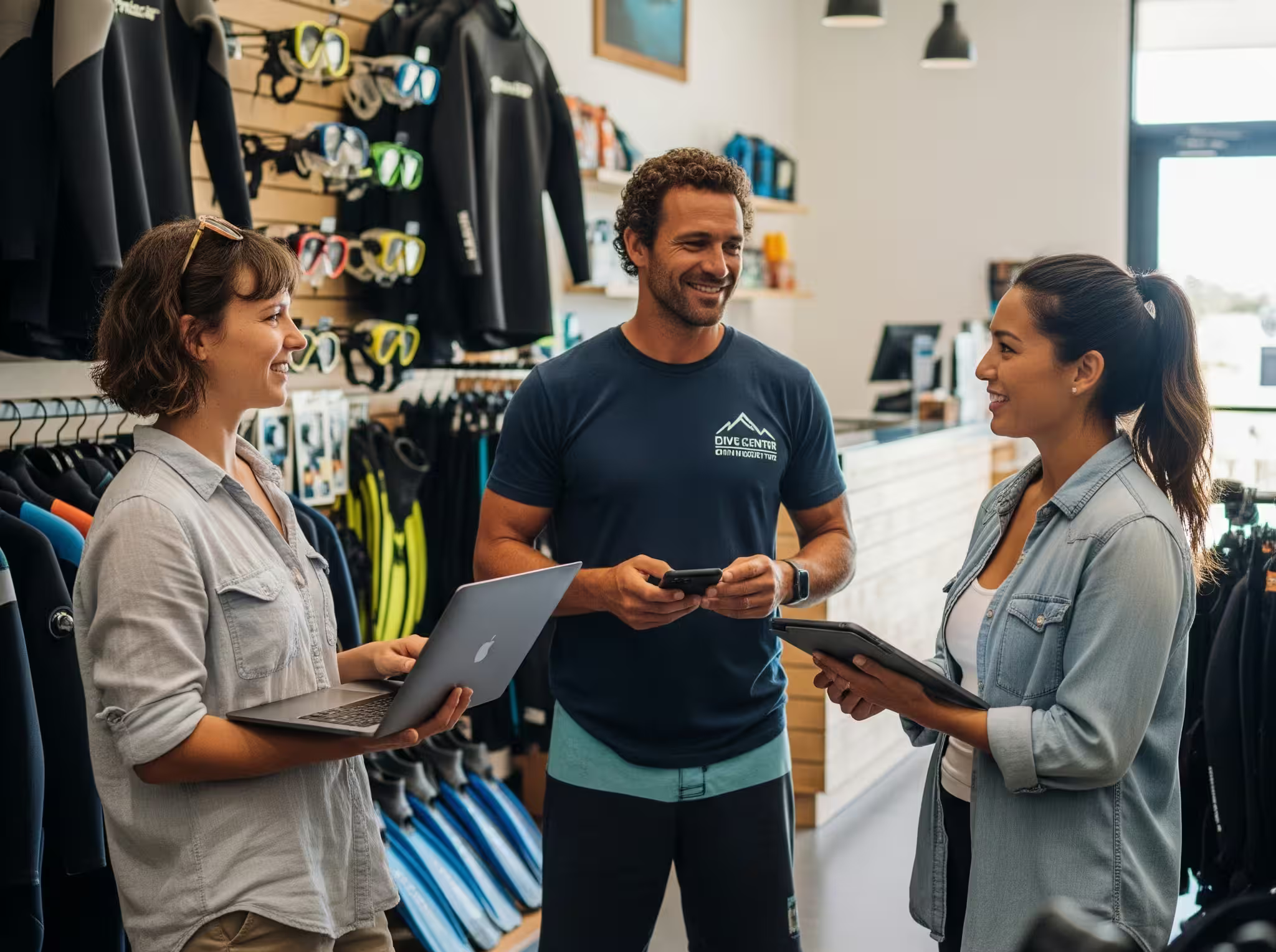Getting Started with the Right Approach
Let’s talk about what it really takes for a dive shop to get it right when it comes to selling gear. It’s not just about filling shelves with products. It’s about strategy. You need to understand who’s walking through the door, what kind of diving they’re doing, and what kind of gear they actually need.
In my opinion, choosing what to stock is part data and part instinct. You need to keep an eye on what moves, try new gear in small amounts, and stay flexible as seasons change. But the goal stays the same. You want to be the place divers trust. As stated in this article, your dive shop is more than just a business. It is an extension of your passion for the ocean's depths. That means, you are not just selling products. You are helping people dive better and safer. And when you do that well, they keep coming back.
Understand Your Customers
Start with the people who walk into your shop. In my view, this is the most important part of running a successful retail dive business. Are they beginners just getting certified, experienced divers looking for upgrades, or holidaymakers after a quick snorkel set? Each of these groups needs different gear.
In my opinion, the best way to figure out what to stock is by talking to them. I always suggest having real conversations. Ask what they like, what they are missing, and what they usually cannot find elsewhere. In fact, customer feedback can provide a goldmine of valuable insights that helps you develop a better product or service (source). You do not need fancy surveys. Just listen and take notes. I also recommend keeping a simple record of the items people ask for that you do not currently have. I think, that list will show you exactly where the gaps and opportunities are.
Focus on Essentials First
In my view, every dive shop should start with the basics. Stock masks, fins, snorkels, wetsuits, and a few entry-level dive computers. These are the items almost every diver needs and they tend to sell quickly. If your shop is near the beach or in a resort area, even simple snorkel sets can move fast and bring people through the door.
Once those essentials are covered, you can start adding mid-range gear like regulators, BCDs, and wetsuits in different thicknesses. But take your time. Only expand when you know what sells and what does not. I have seen shops jump into high-end gear too soon and get stuck with expensive inventory that sits untouched for months. Start small, watch what moves, and build from there.
Test and Learn from Trends
Try new gear in small batches. If you keep hearing about a certain brand or product, bring in a few and see how they go. In my experience, divers talk. Word spreads fast when something works well. You will often hear about what is trending through conversations long before you see it online.
It also helps to check your sales data every month. What sold quickly this season? What stayed on the shelf? Let the numbers do the talking. They will tell you what to restock and what to skip next time.
Work with Reputable Brands
I personally believe it’s better to work with trusted brands, even if the margin is slightly lower. Reliable products mean fewer problems. You will deal with less returns, fewer complaints, and more satisfied customers (source). Divers often stick with what they know. If someone buys a Cressi mask from you and likes it, they are probably coming back for the fins or the wetsuit too.
There is also the support that comes with good brands. Most of them offer solid warranties, proper training, and marketing materials that actually help you sell. You are not just getting products. You are getting a partnership that makes your life easier.
Make Room for Something Different
Every now and then, take a chance on something new. It could be an eco-friendly product made from recycled materials, a locally crafted item that supports the community, or something tied to ocean conservation. In my view, these are the kinds of products that give your shop a sense of identity. They show that you are not just in it to sell gear, but that you care about the ocean and the people around it. That kind of purpose stands out, especially in a world where a lot of shops feel the same.
How Diversdesk can Help?
In my opinion, one of the most useful things about Diversdesk is that it puts your POS and booking system in the same place. That means you can track what customers are booking, what they are asking for, and what gear they are buying. You can also leave internal comments on each booking to note specific requests, questions, or preferences. I always recommend using this feature to keep a record of what people are asking for. Over time, those notes help you understand what your customers really want and where the demand is shifting.
Diversdesk also makes managing your sales and inventory a lot easier. You can add items directly to a booking and see your stock levels at the same time. In my view, this helps you avoid overordering or running out of gear that moves quickly. You are working from one system that connects everything. It saves time, keeps things organized, and helps you make smarter choices about what to offer next.
Final Thoughts
In my opinion, the best dive shops are not the ones with the most gear but the ones that stock what people actually need. When you listen to your customers, track what sells, and keep your inventory smart and simple, you create a shop people trust. Tools like Diversdesk help bring it all together. You can track bookings, manage sales, and keep your inventory aligned with what people actually want. When you listen, stay flexible, and make smart choices, you are not just improving sales. You are building loyalty that lasts.

